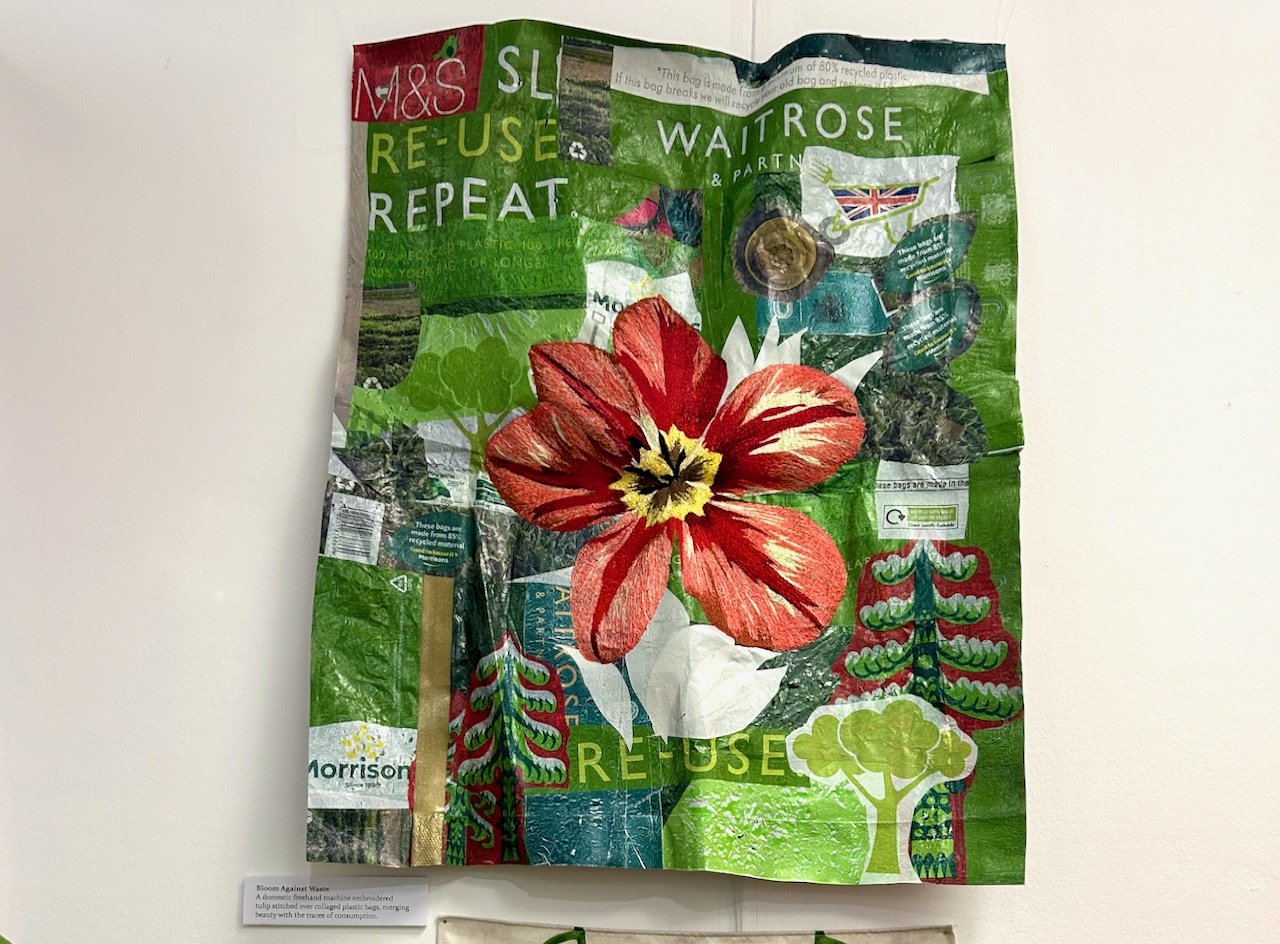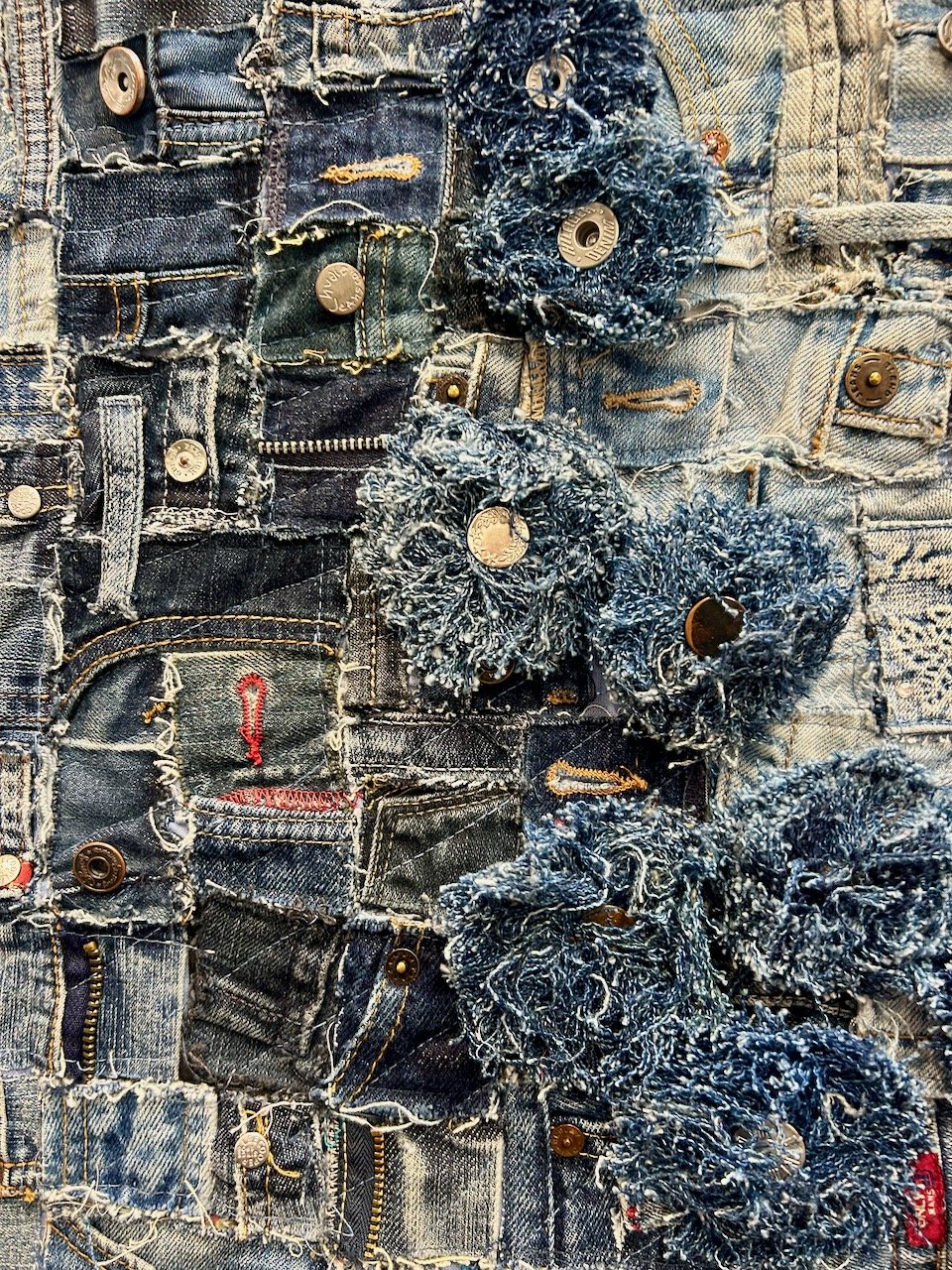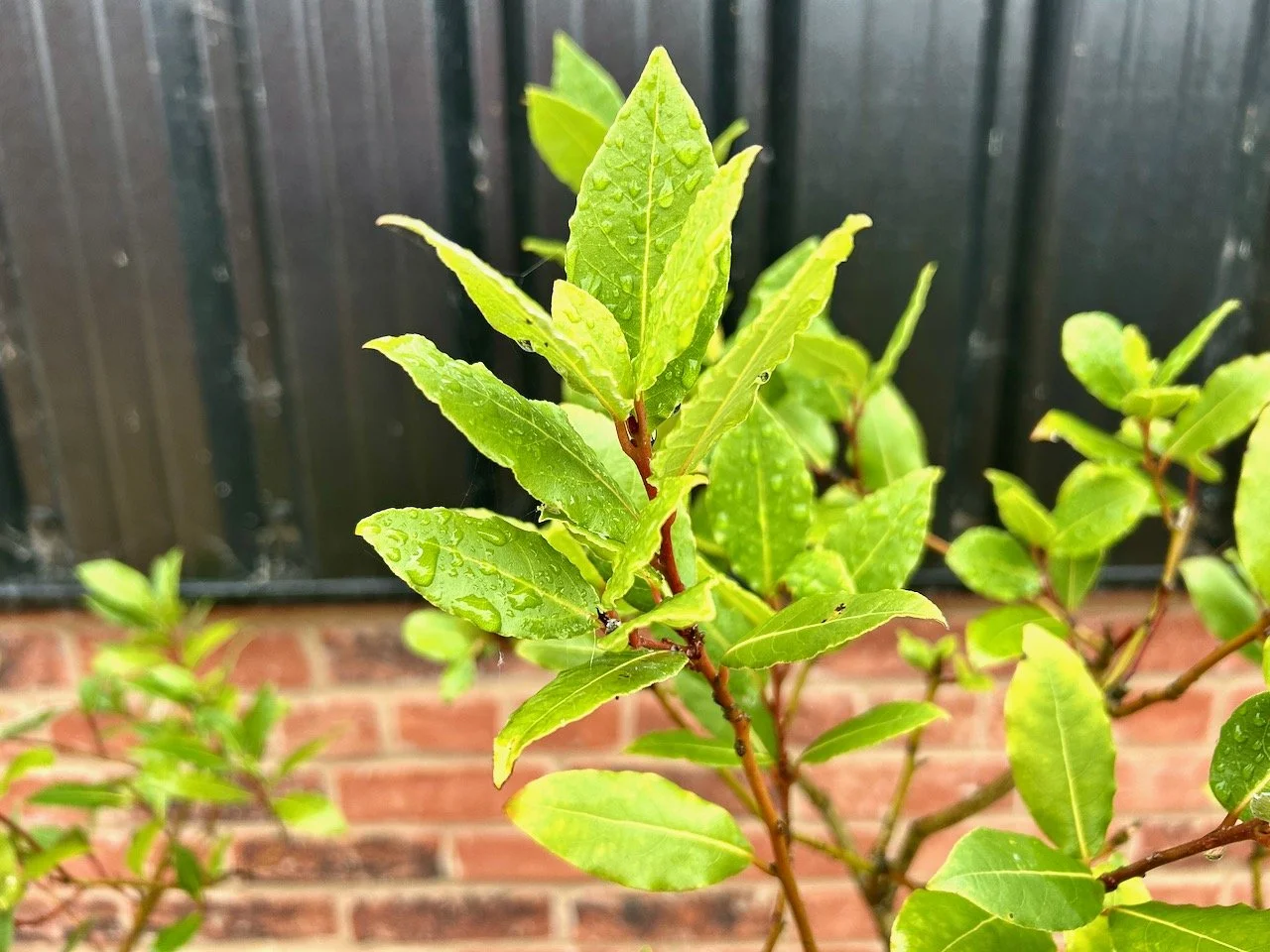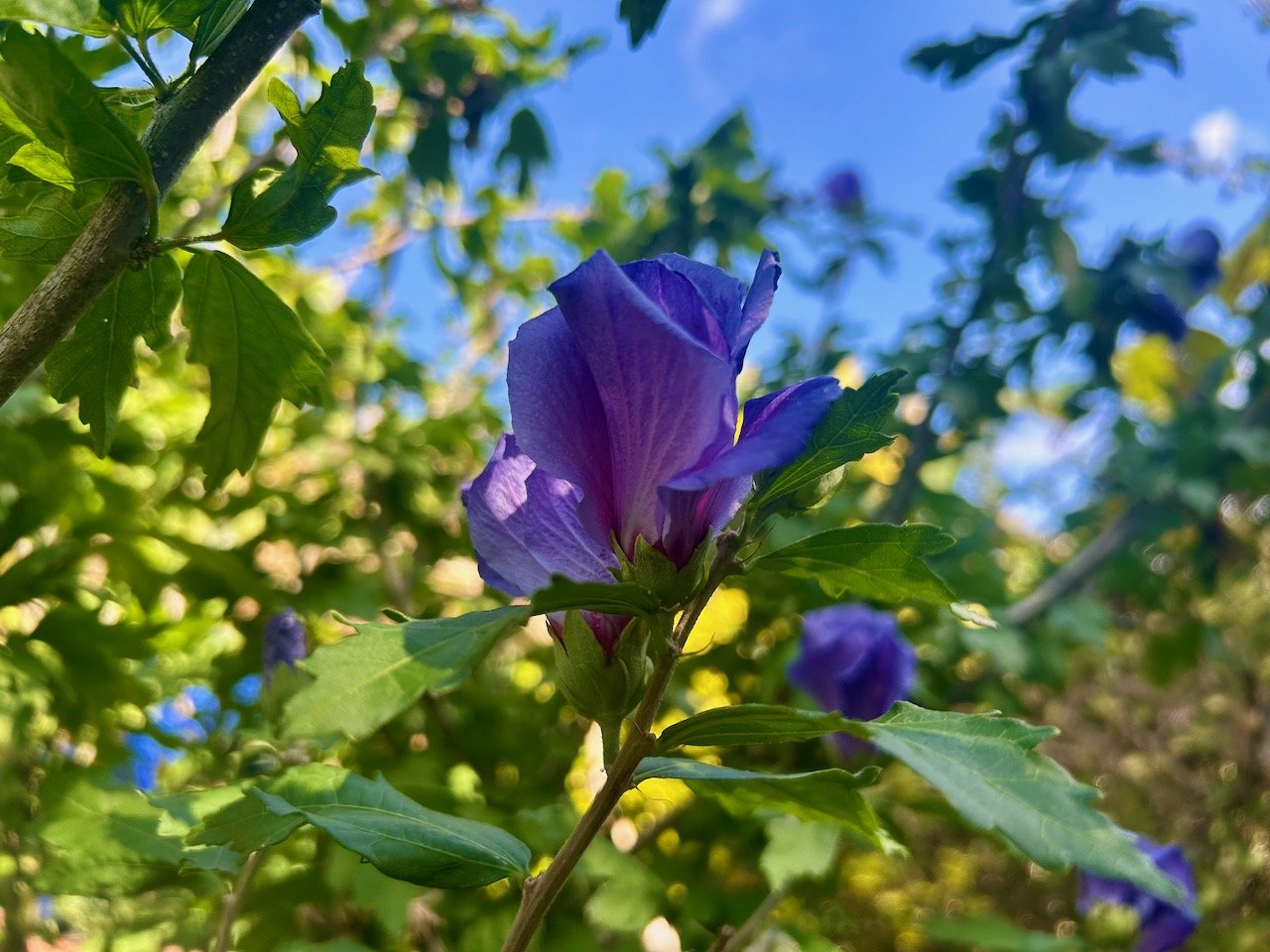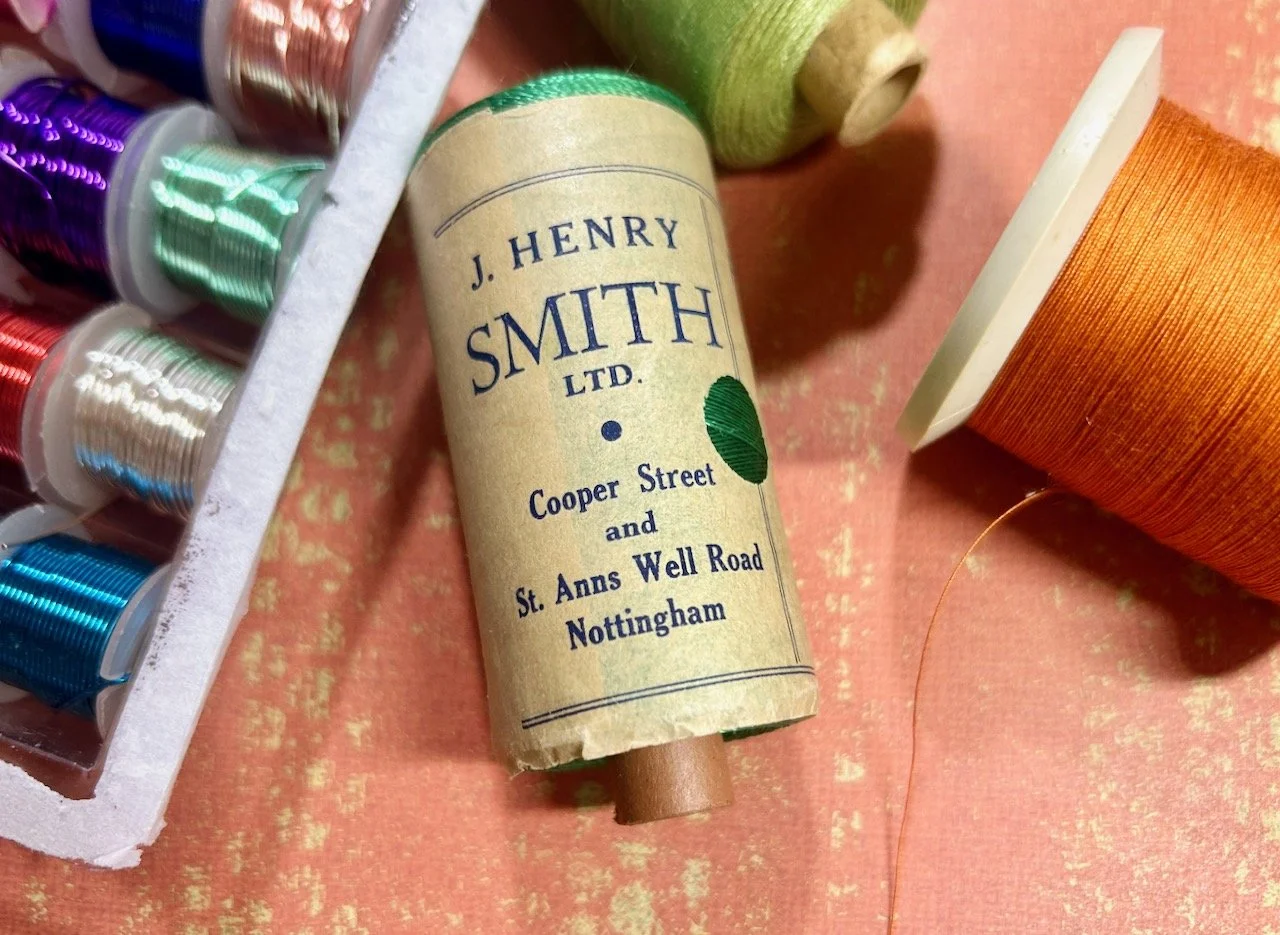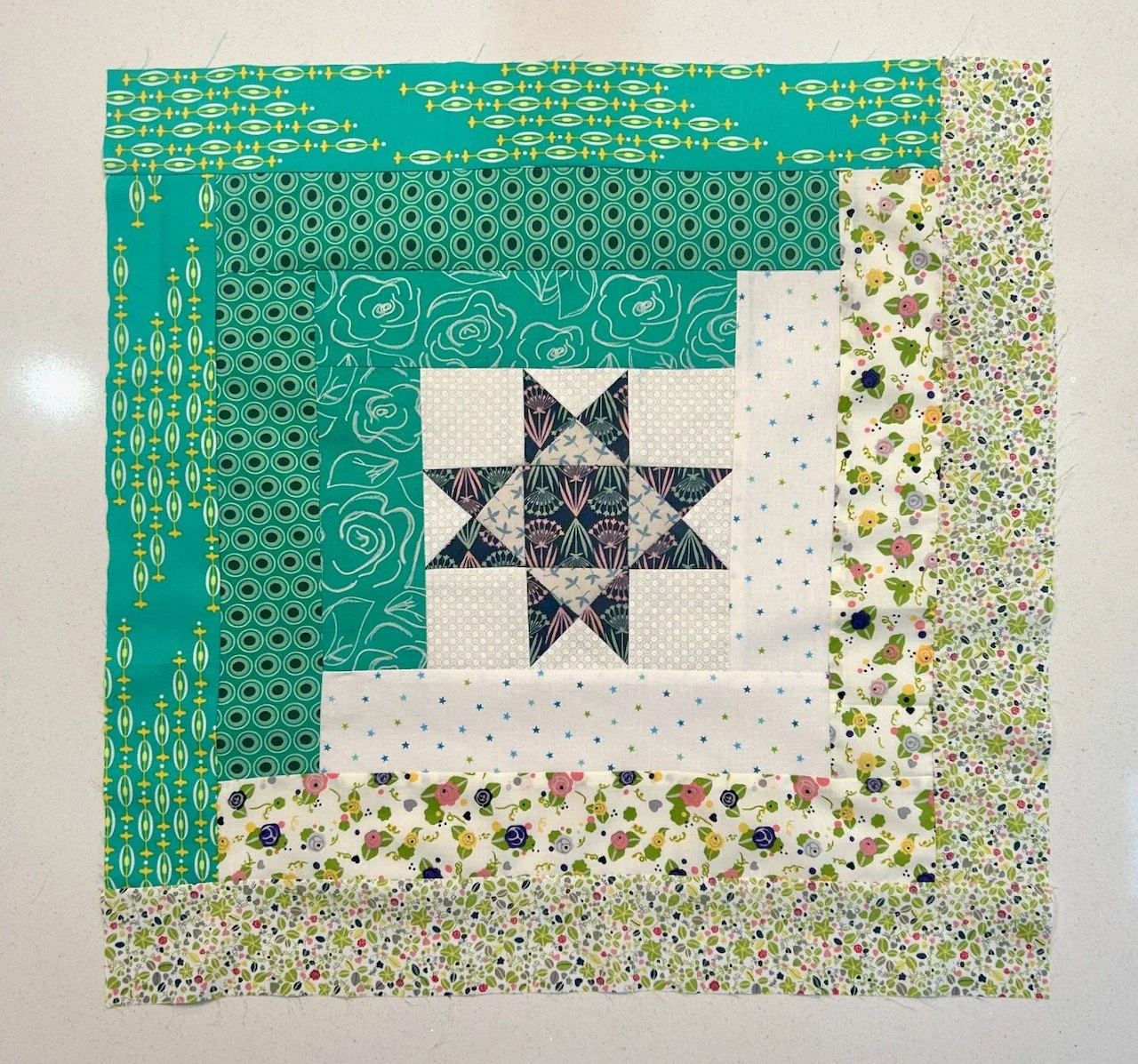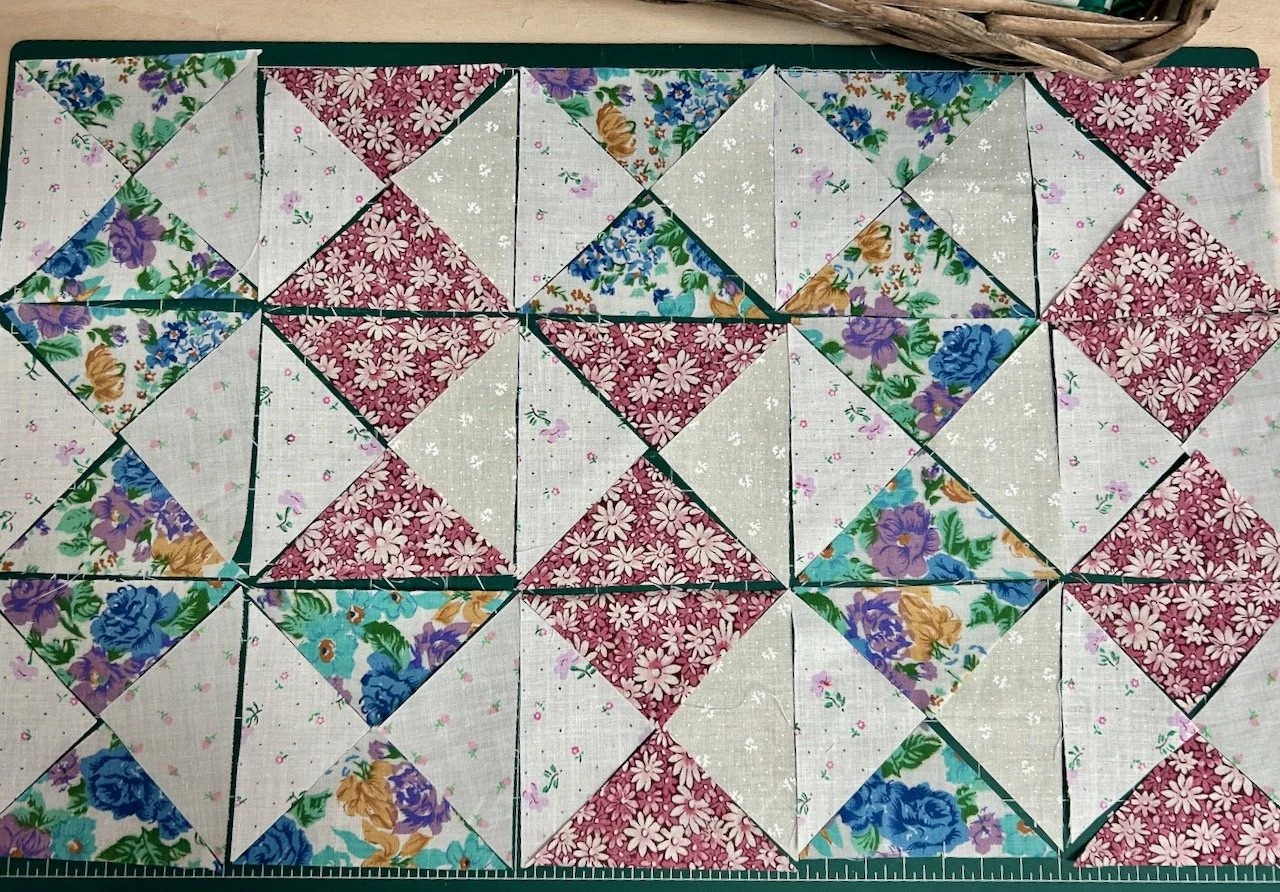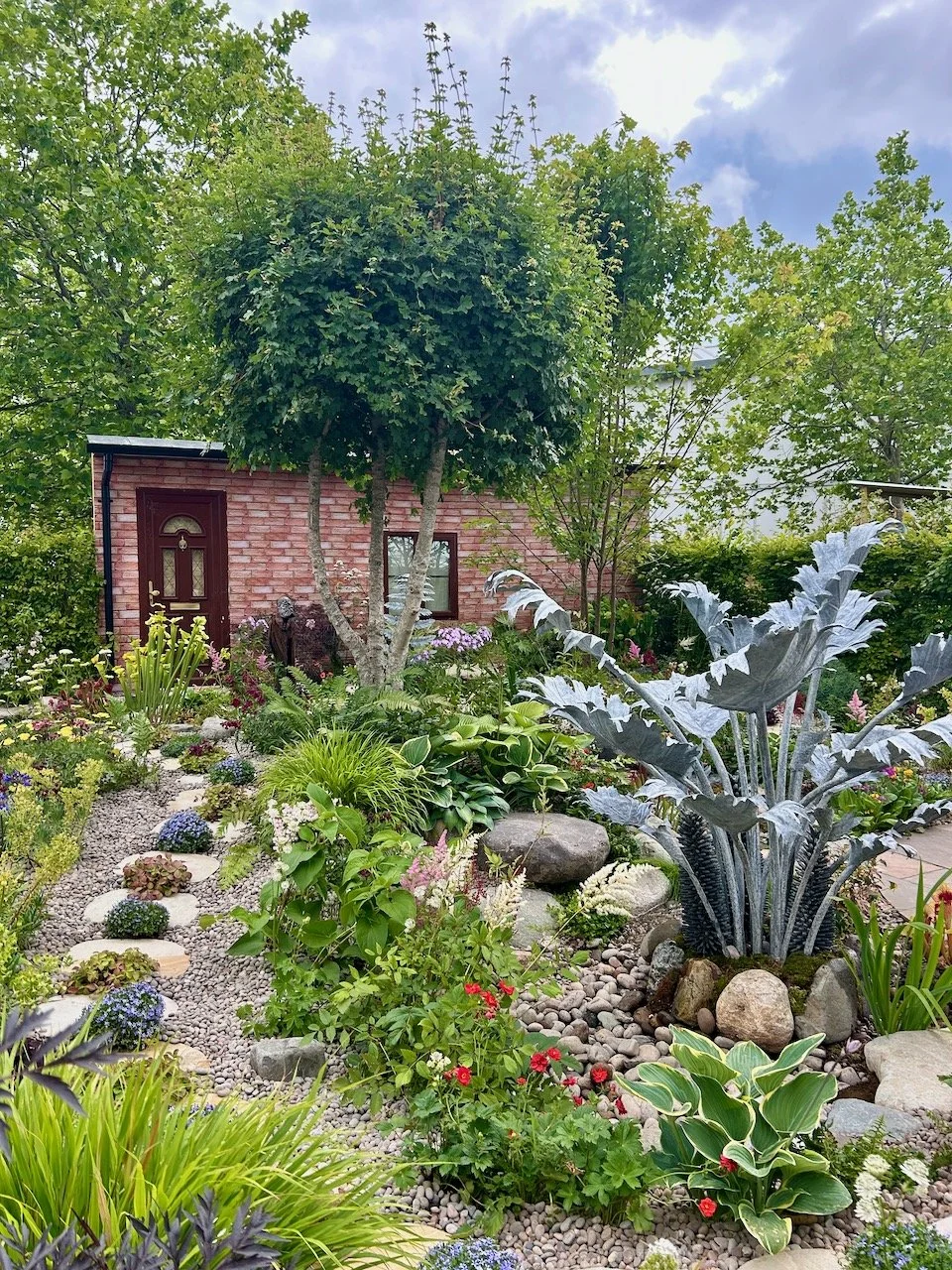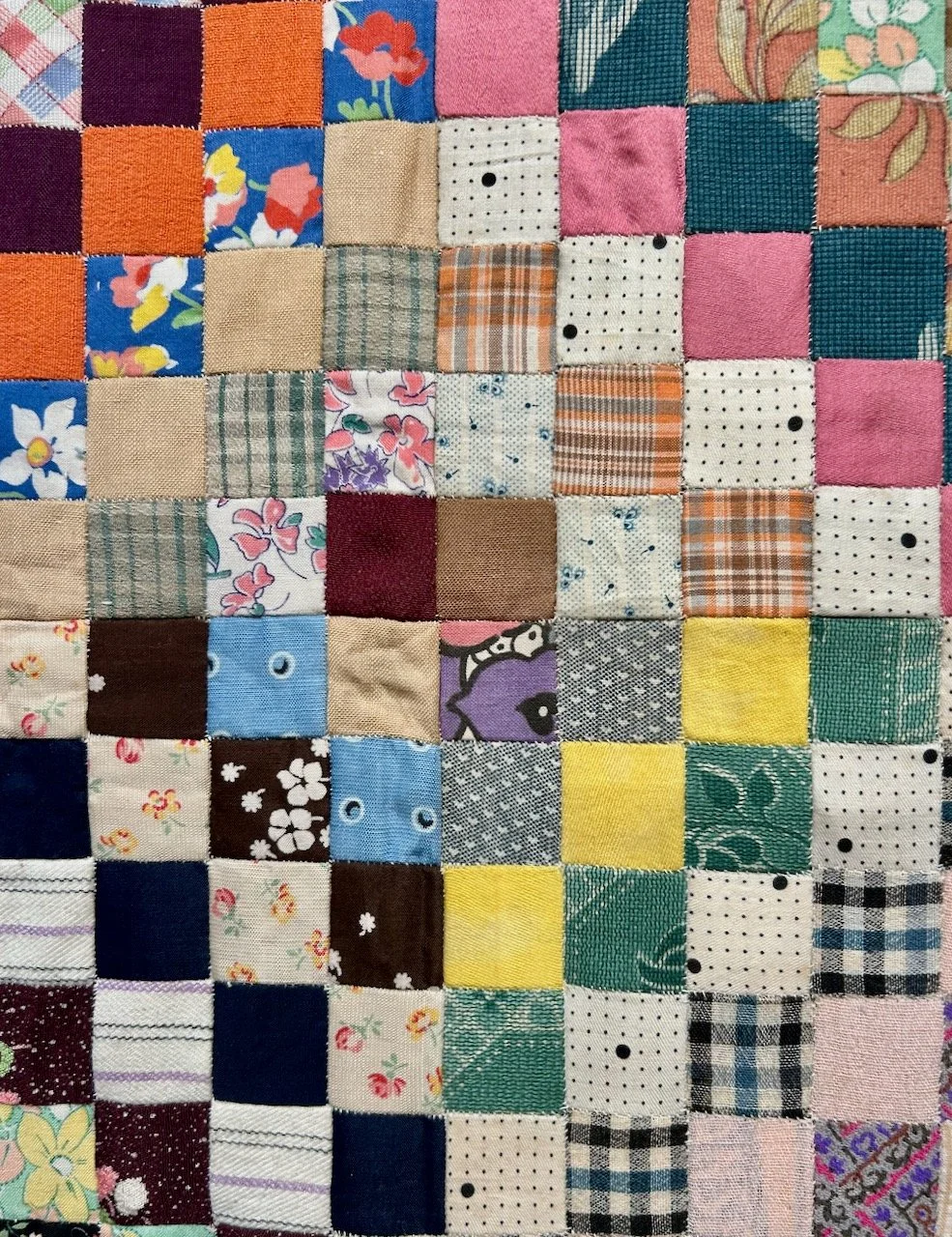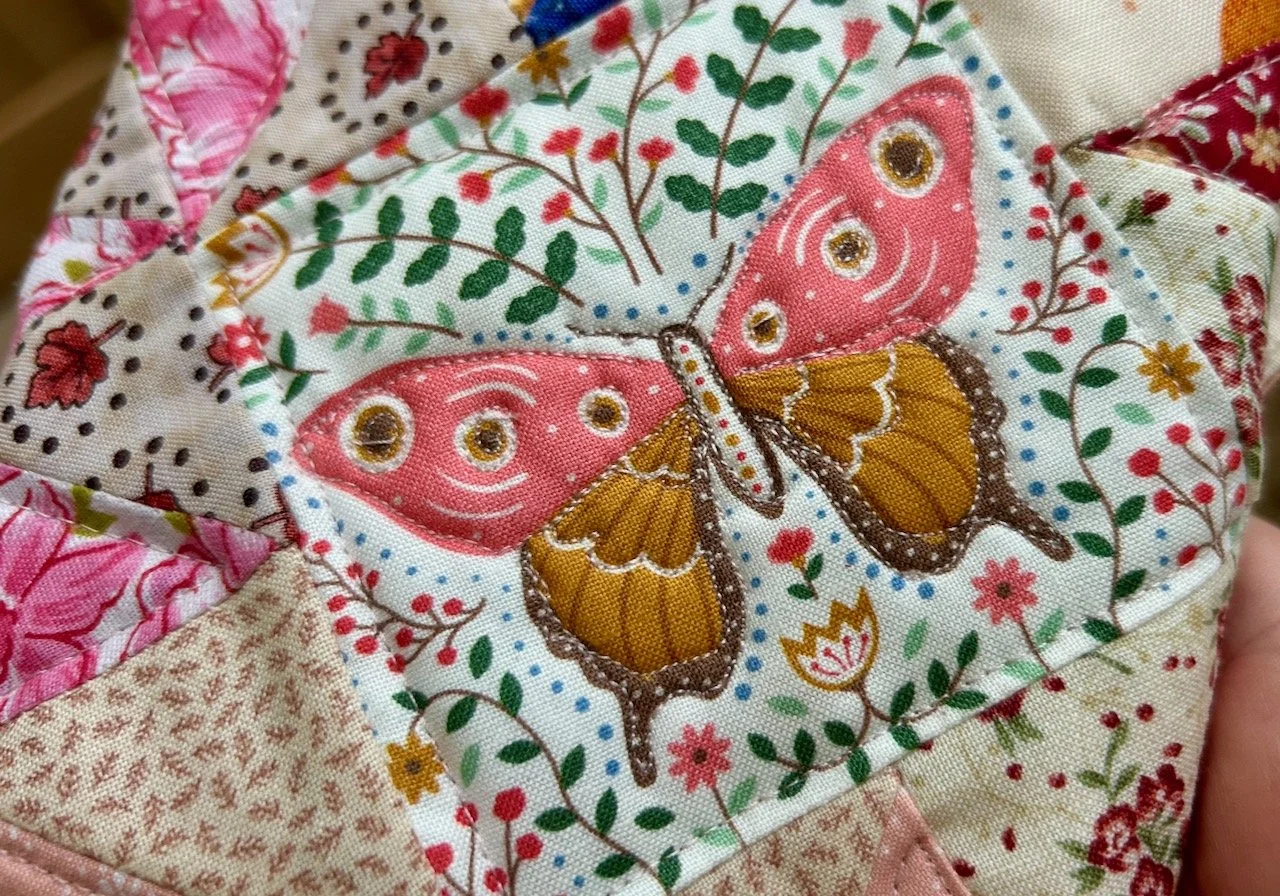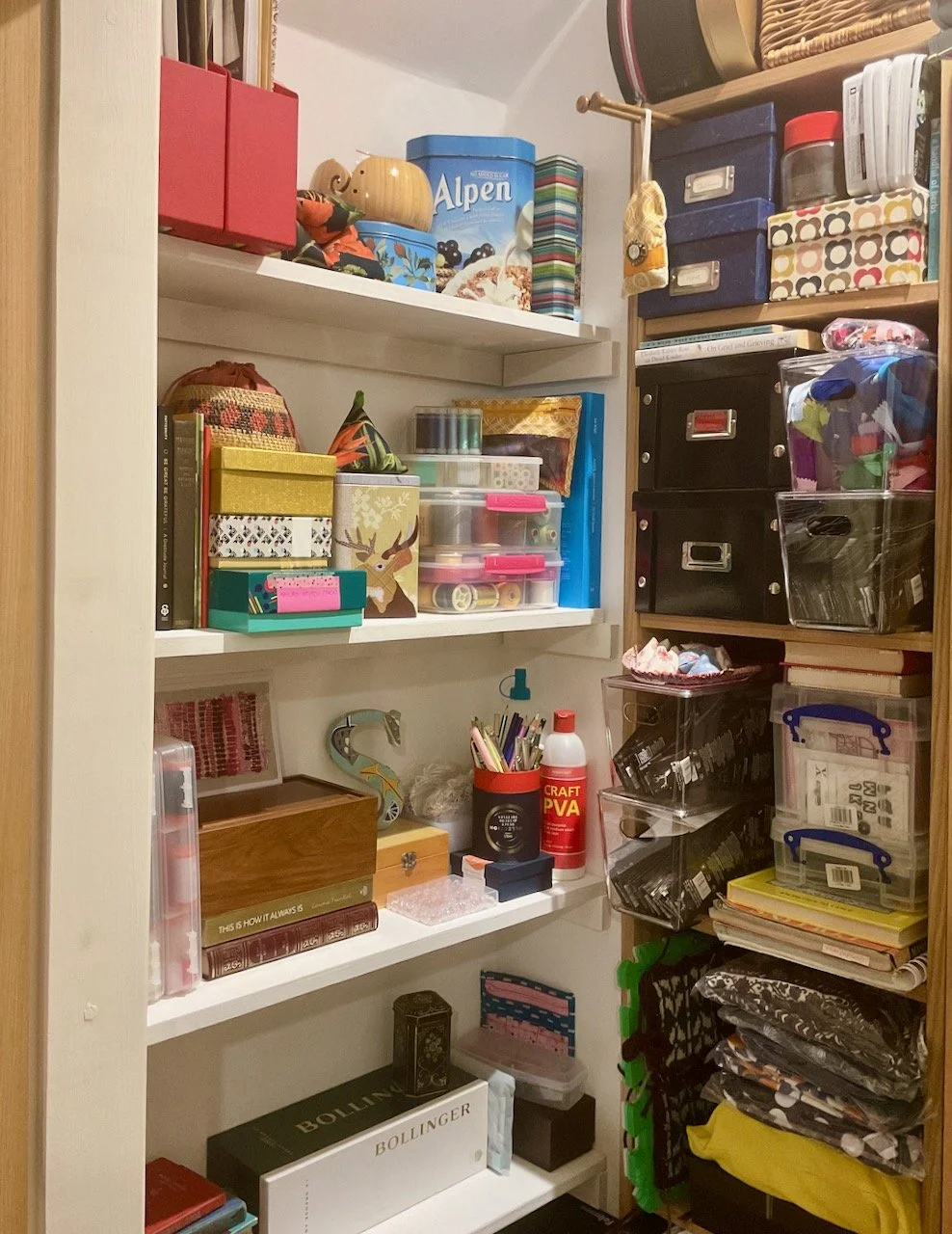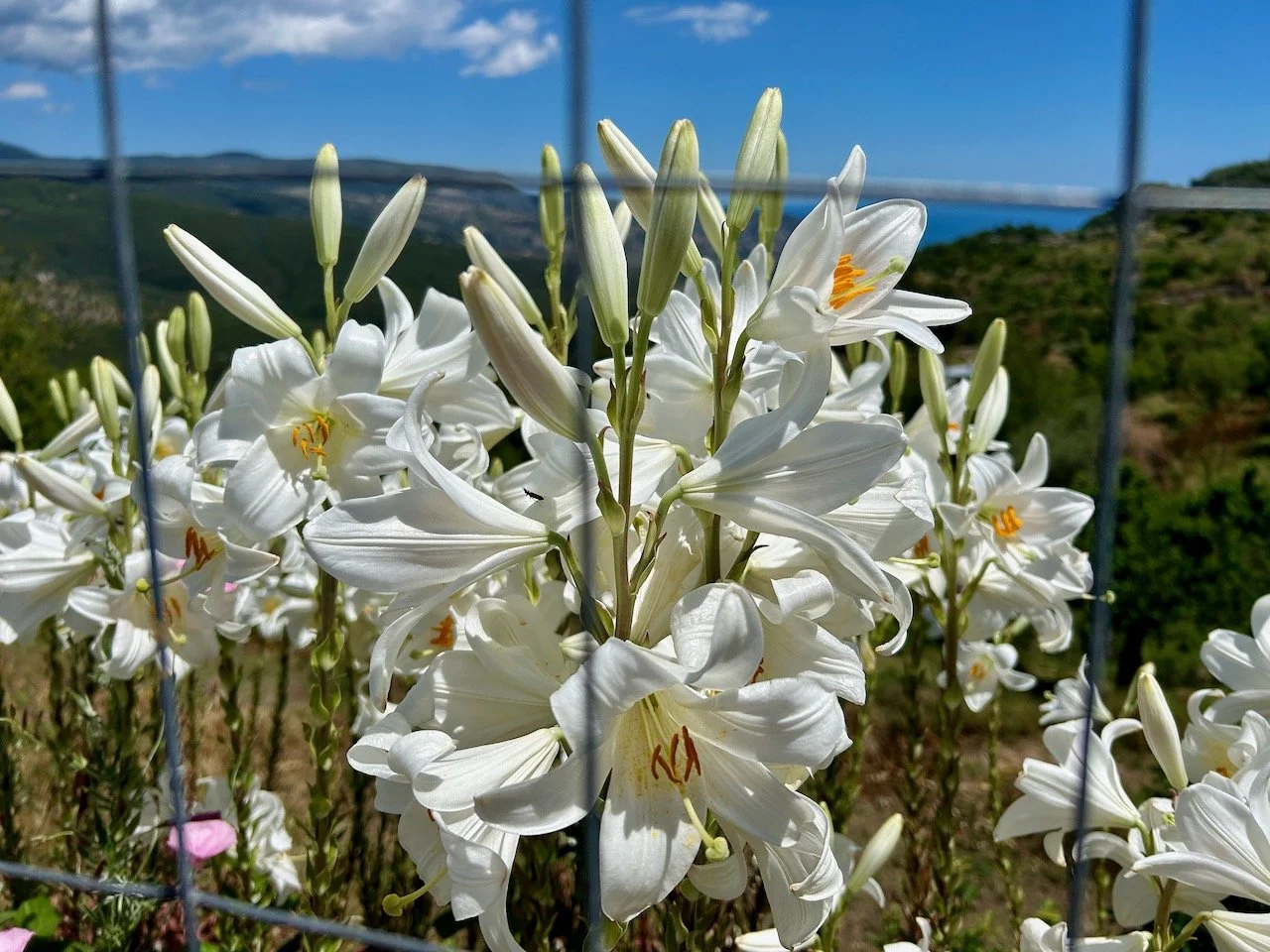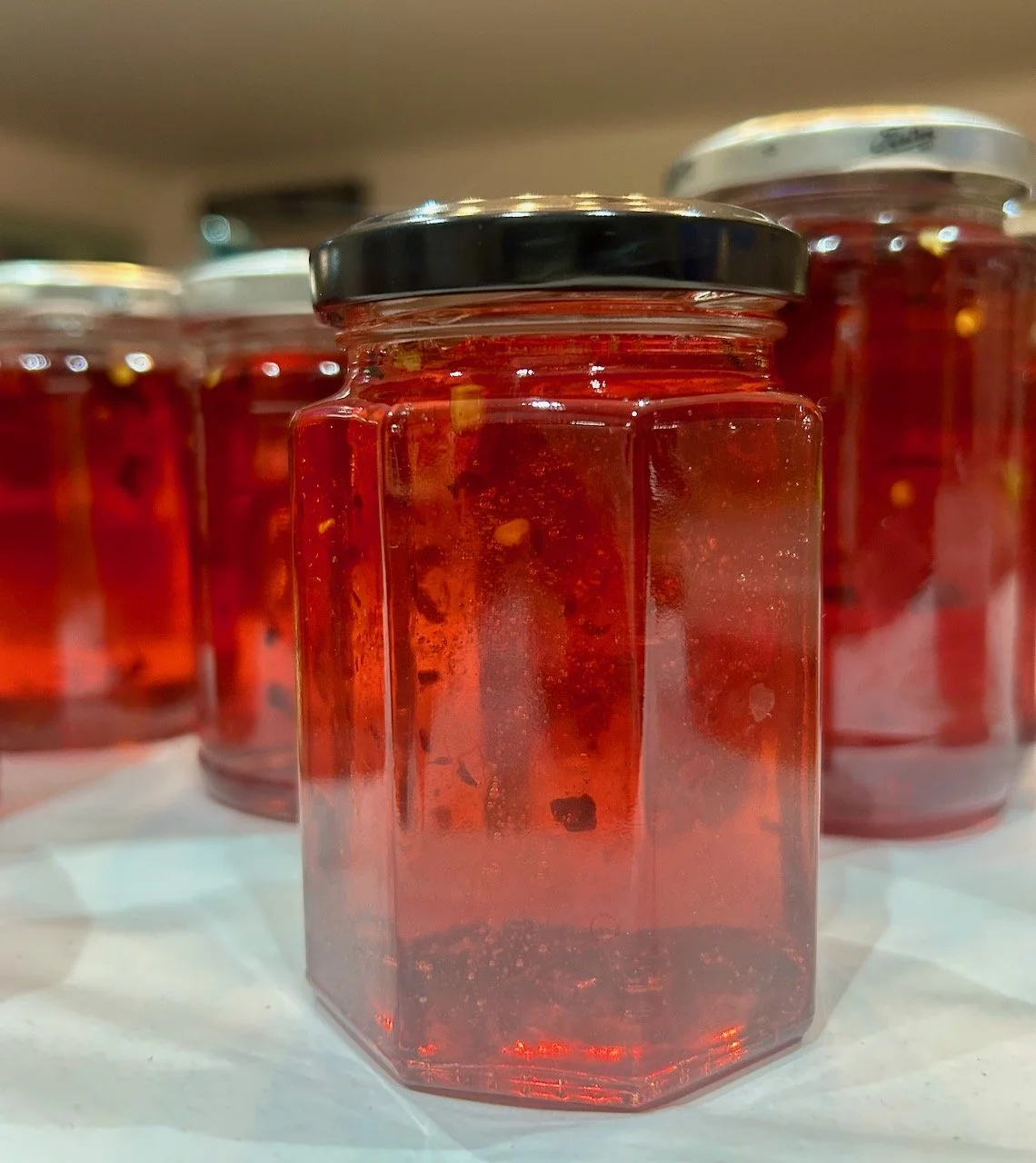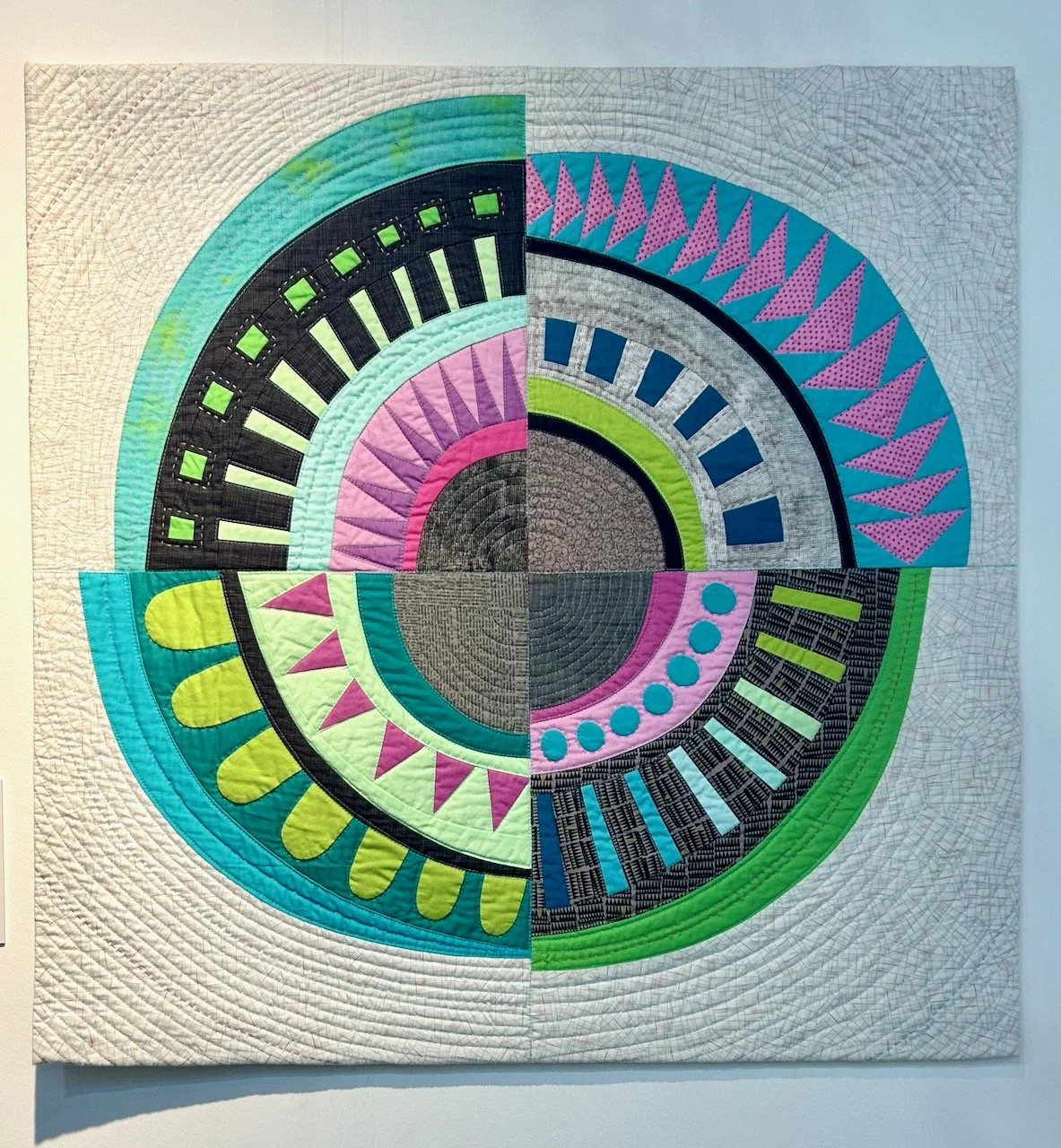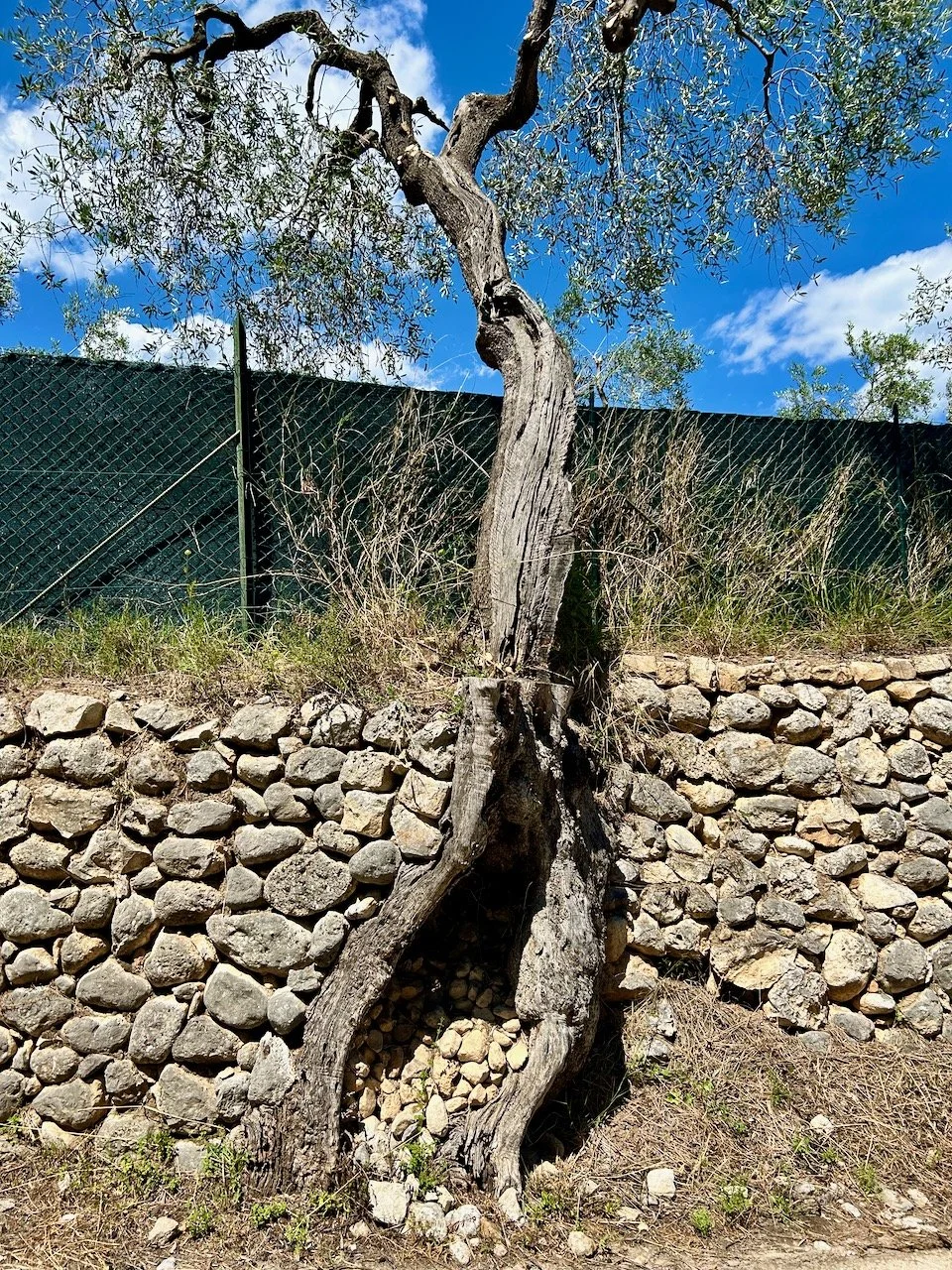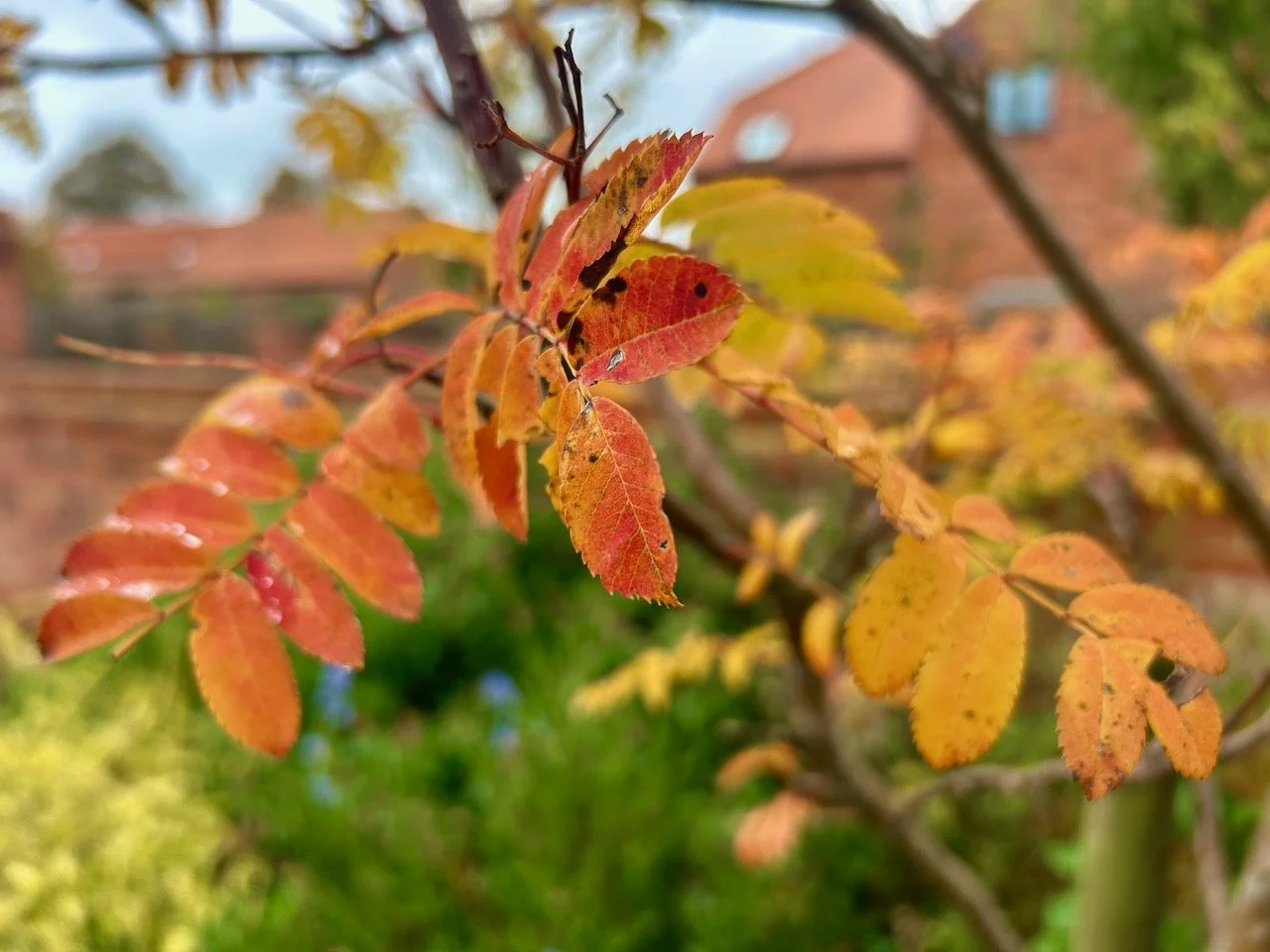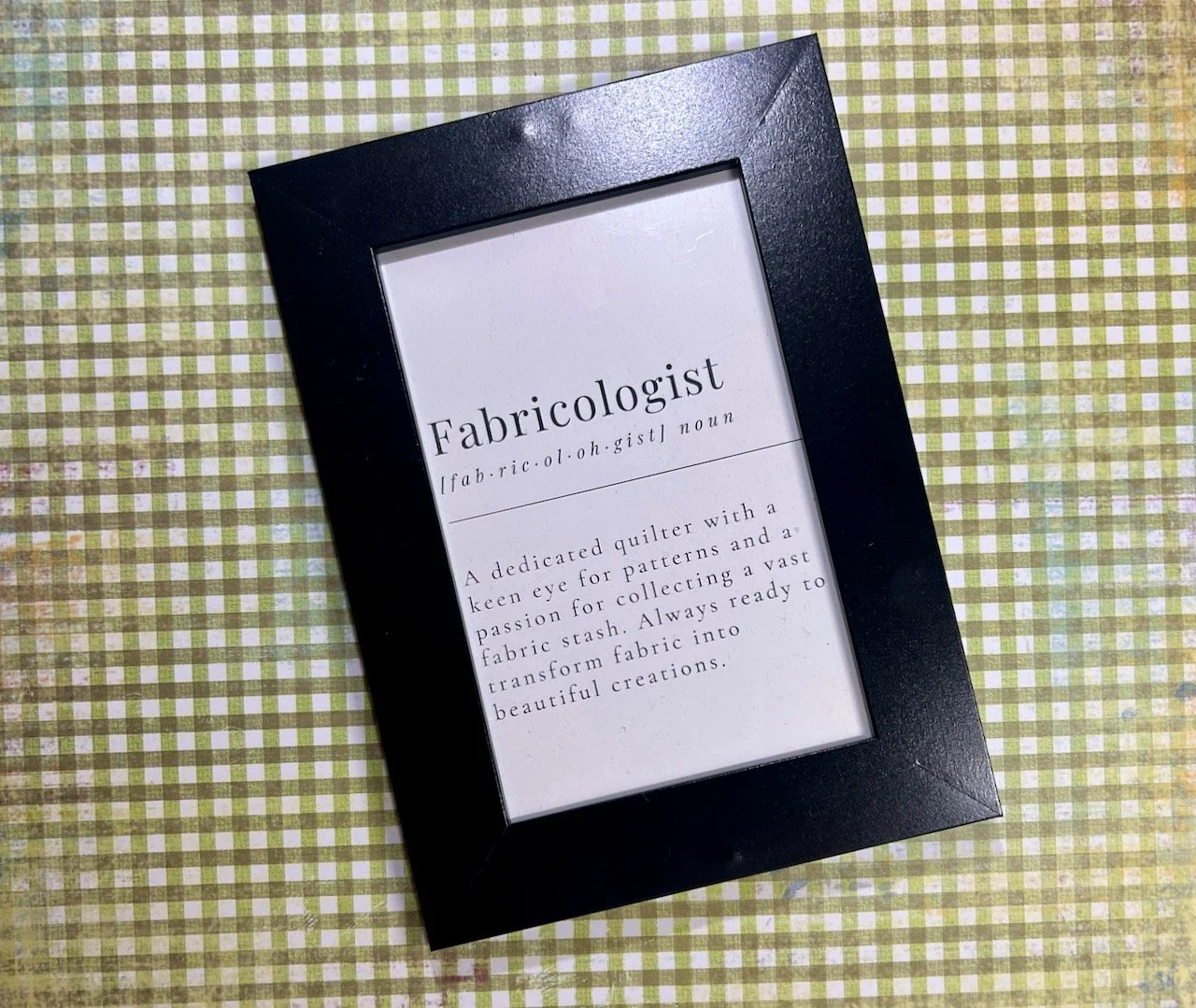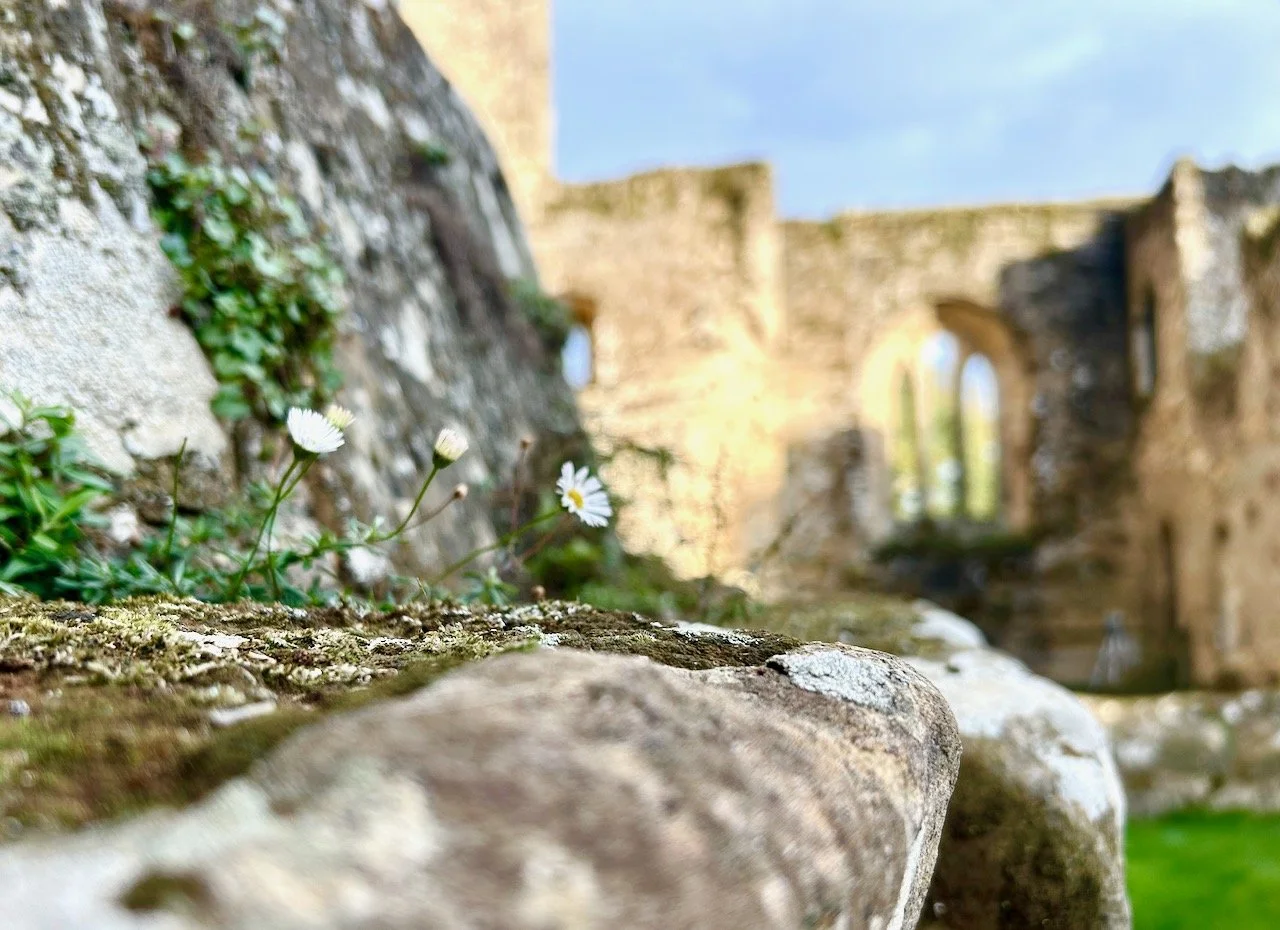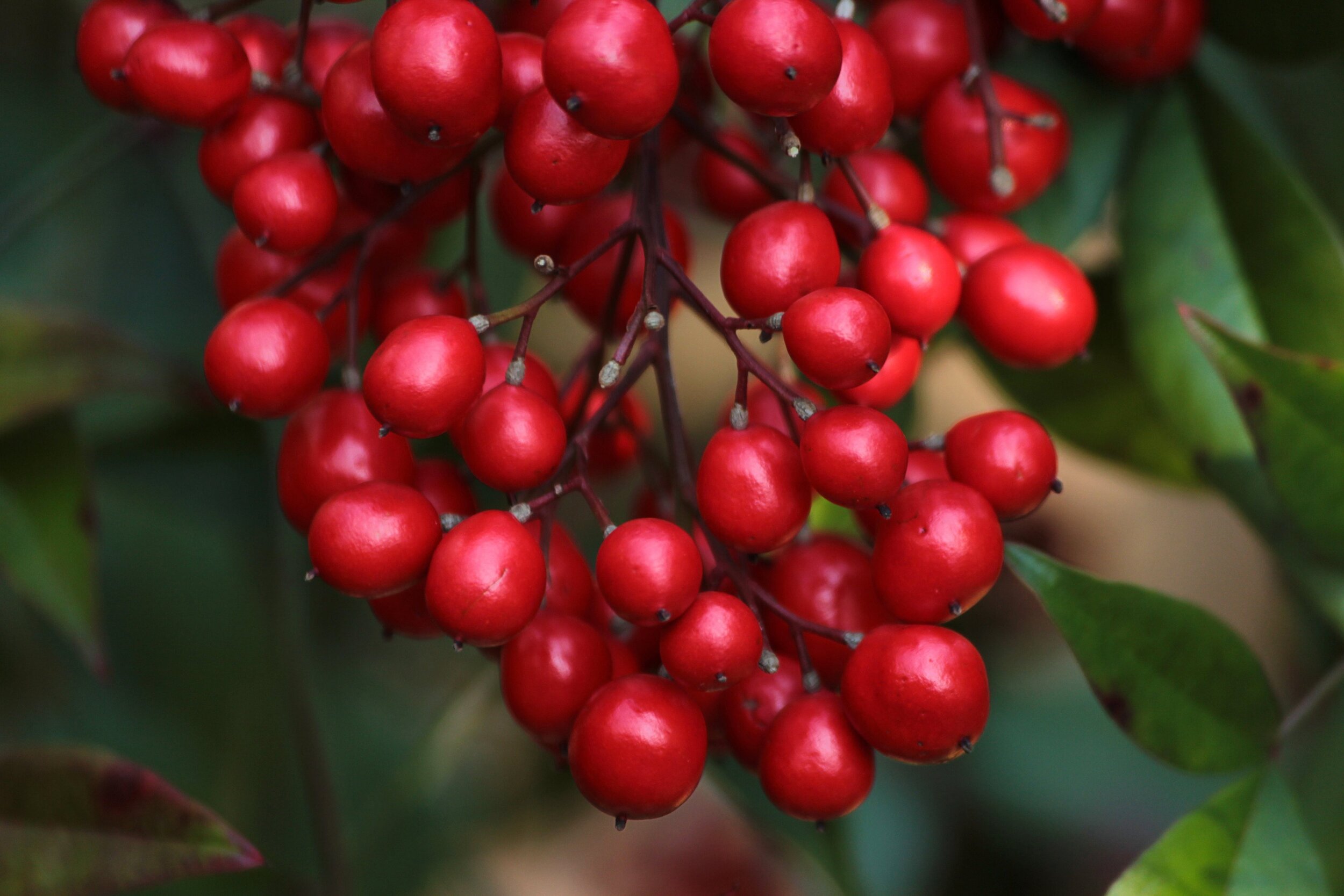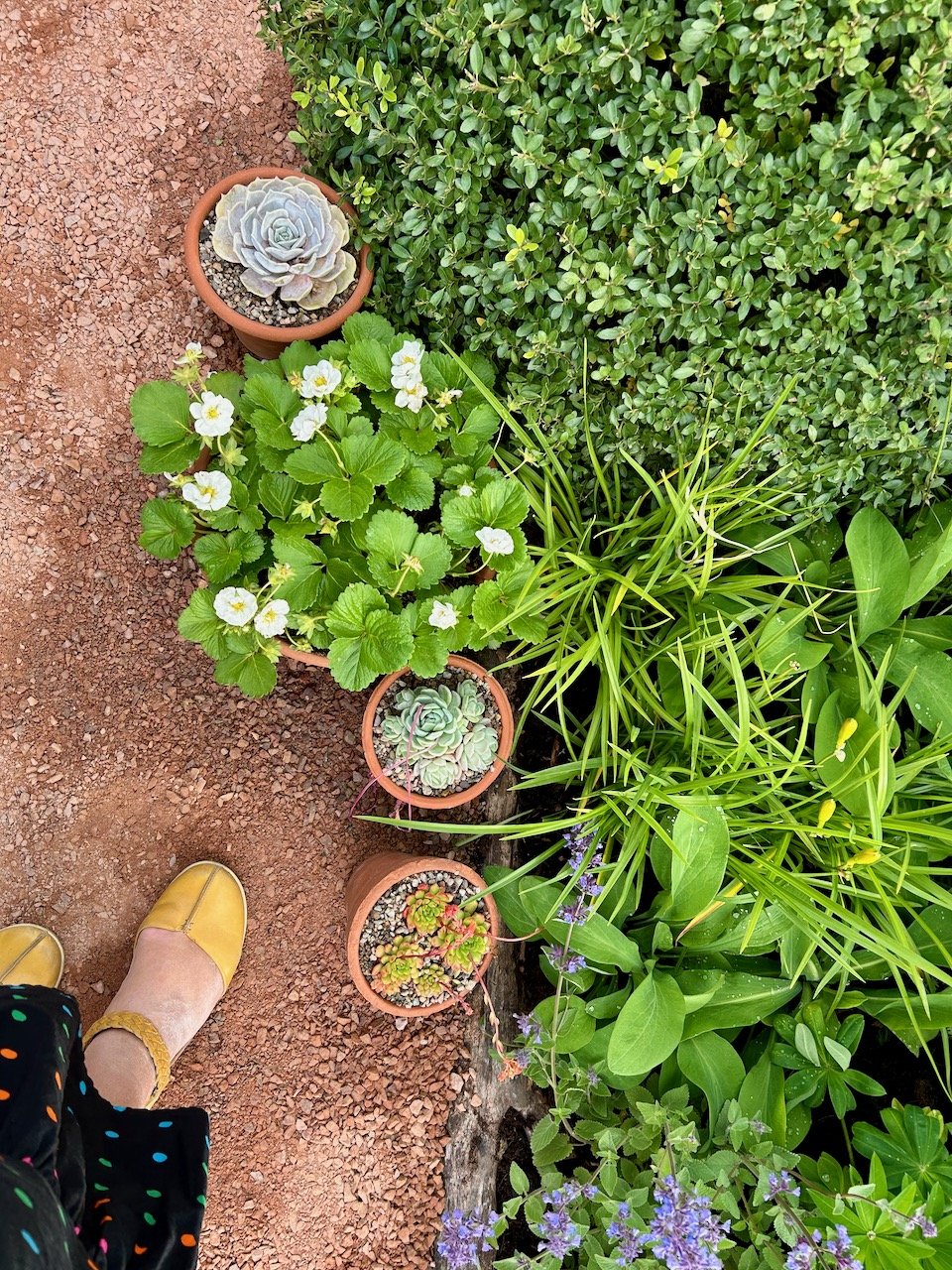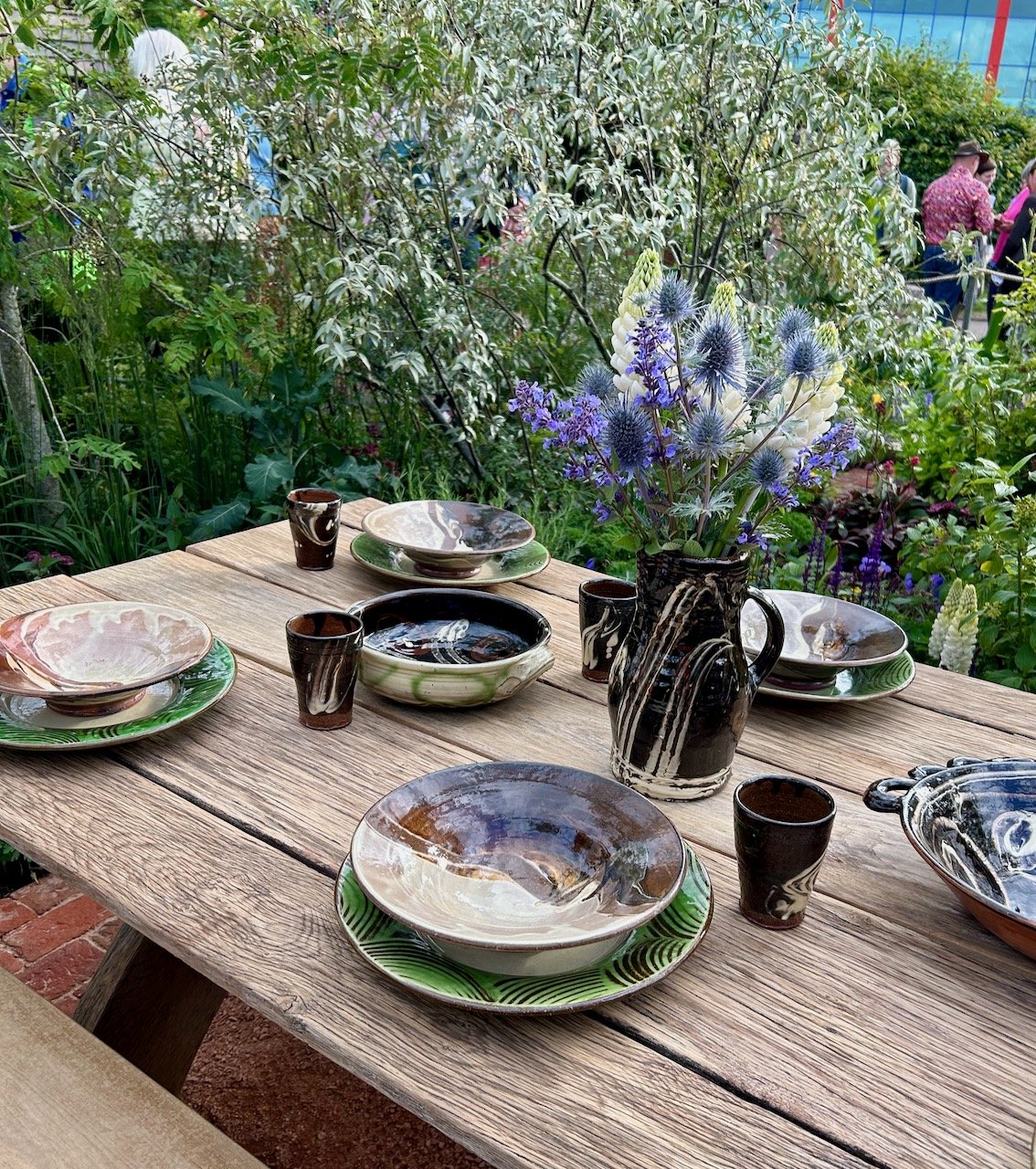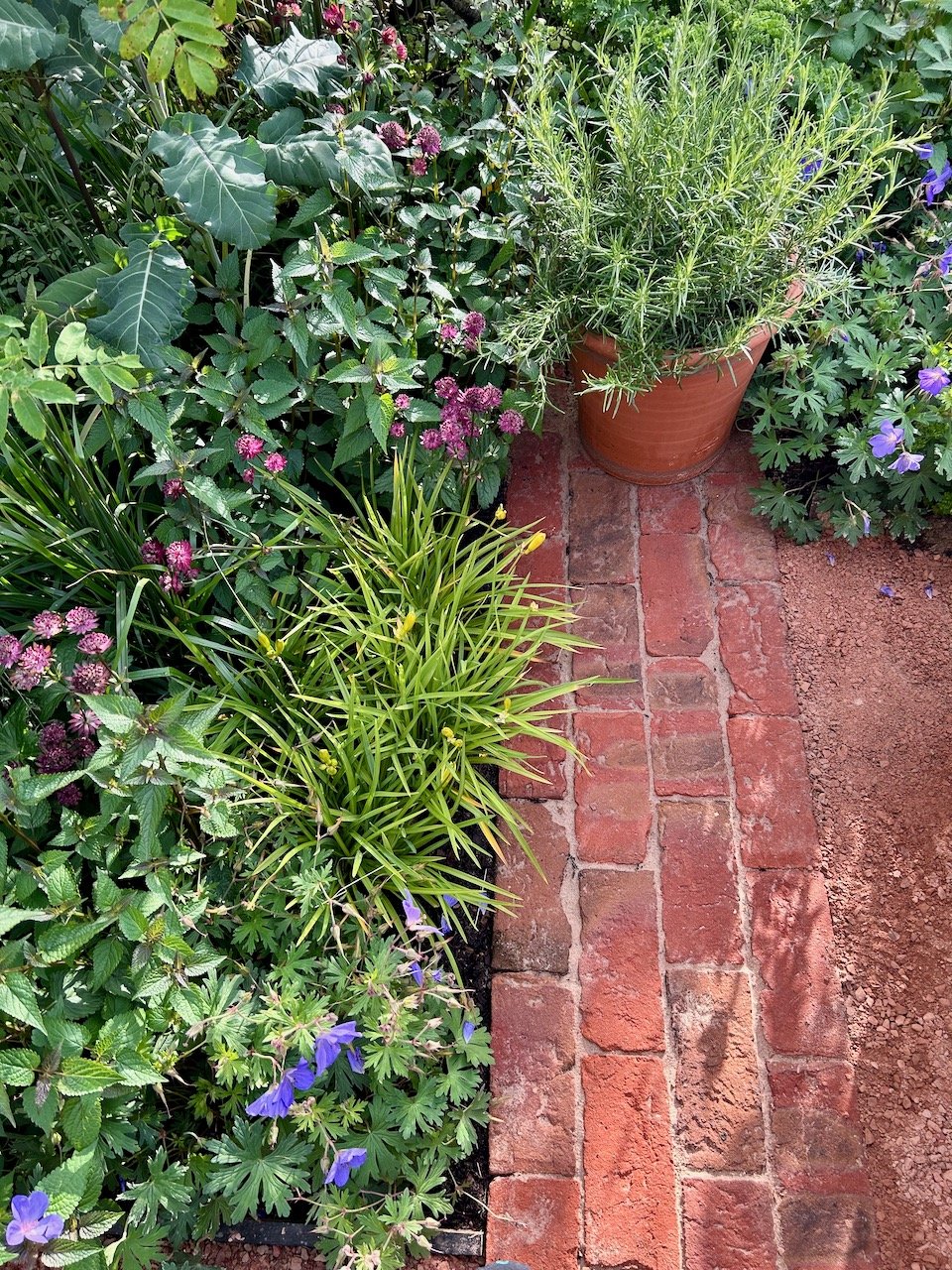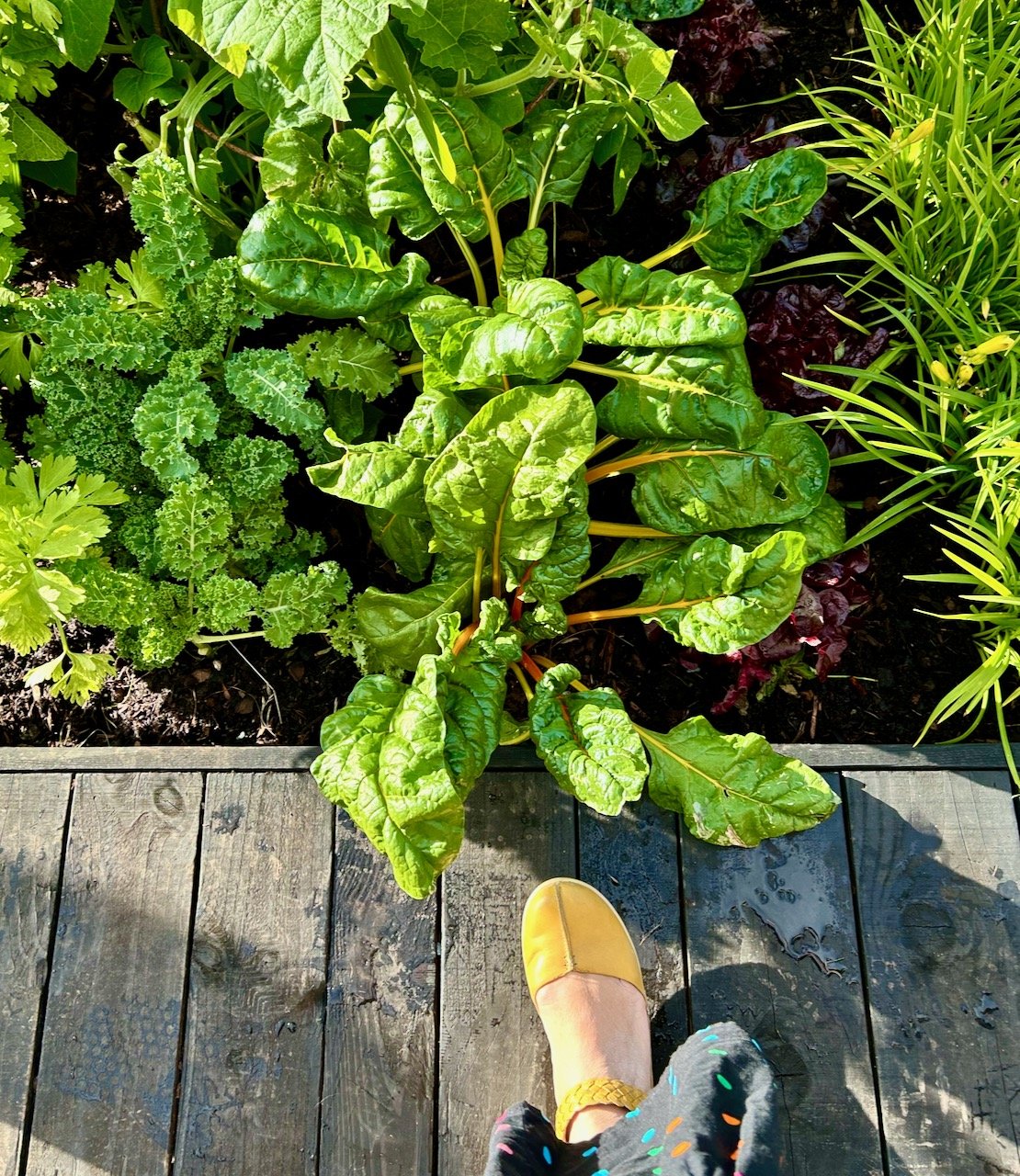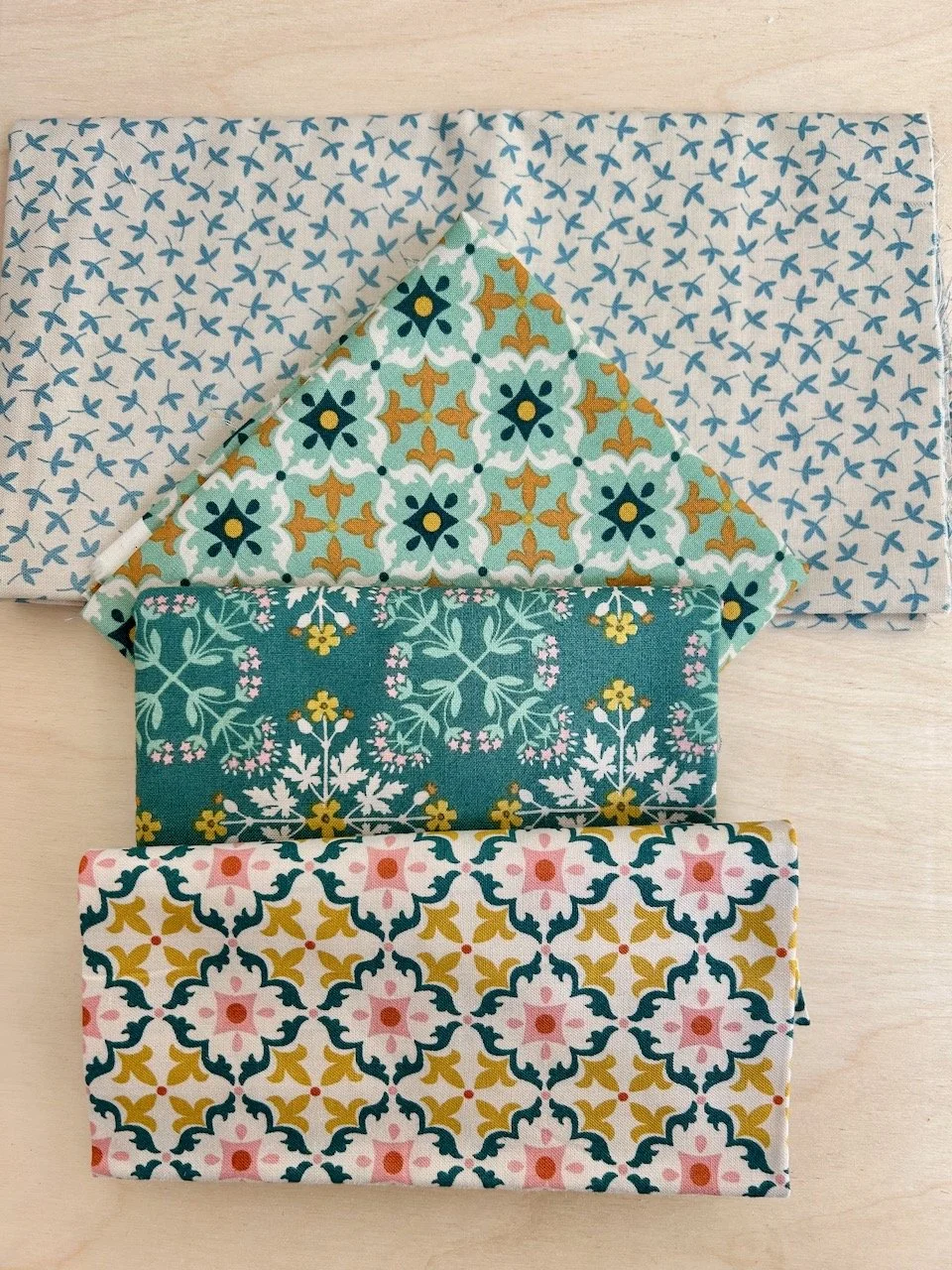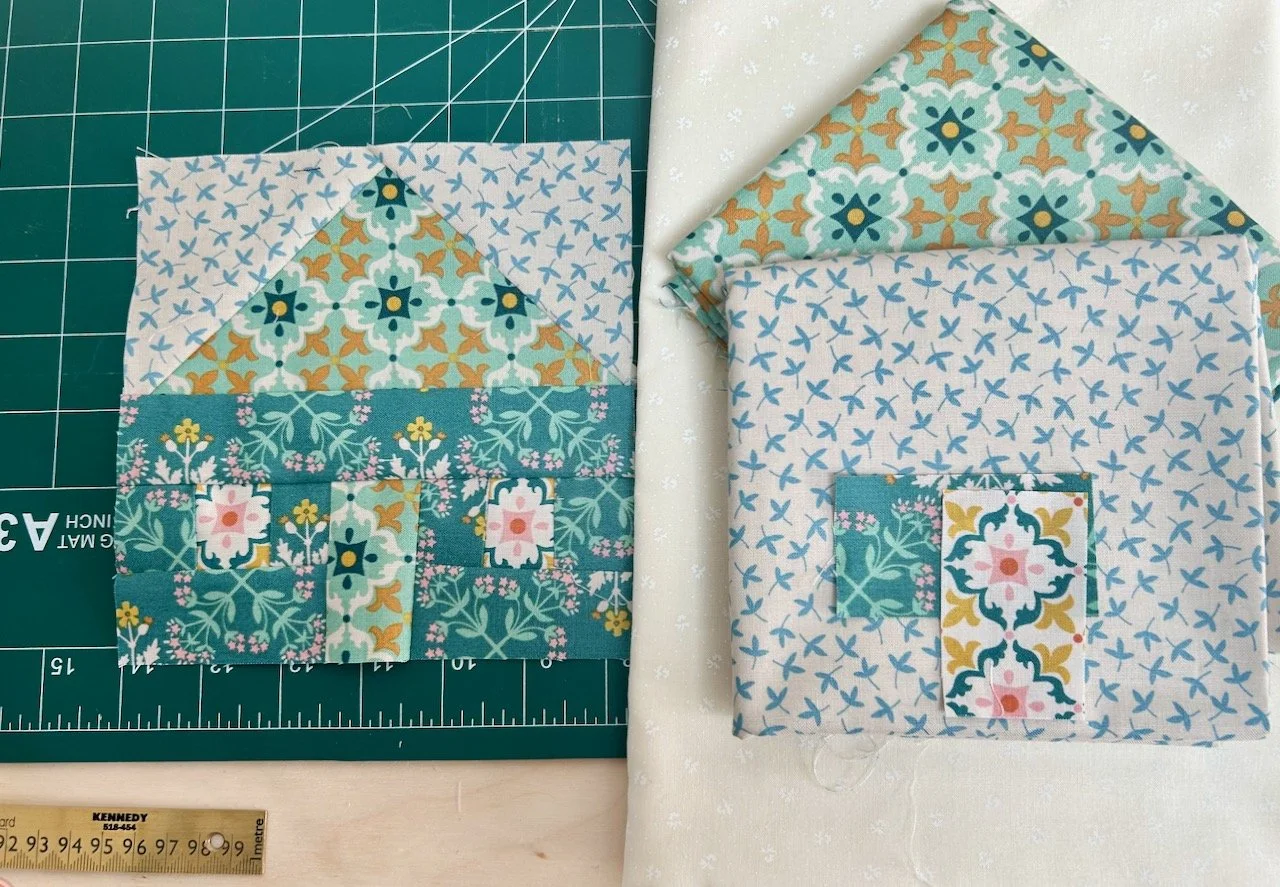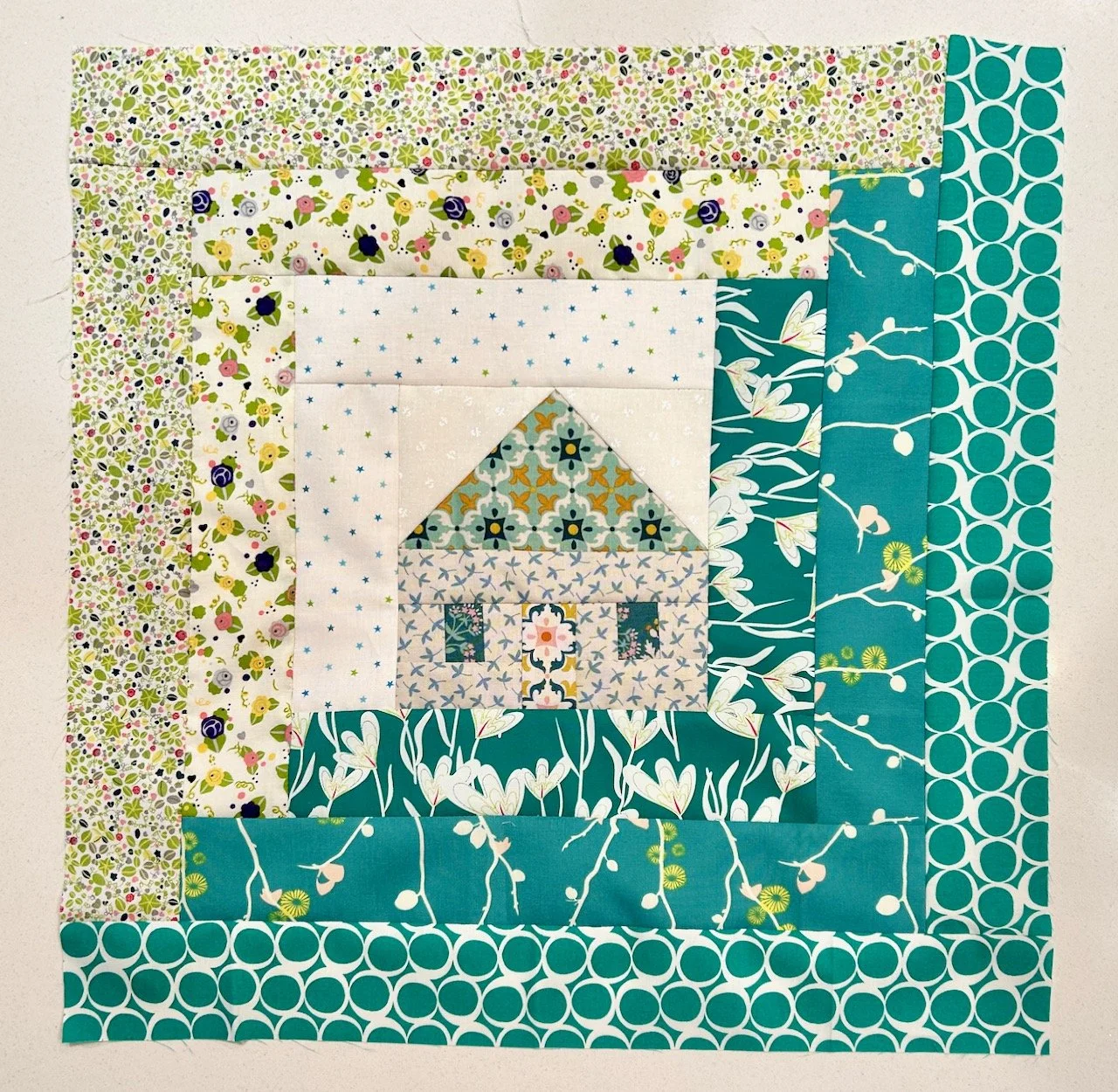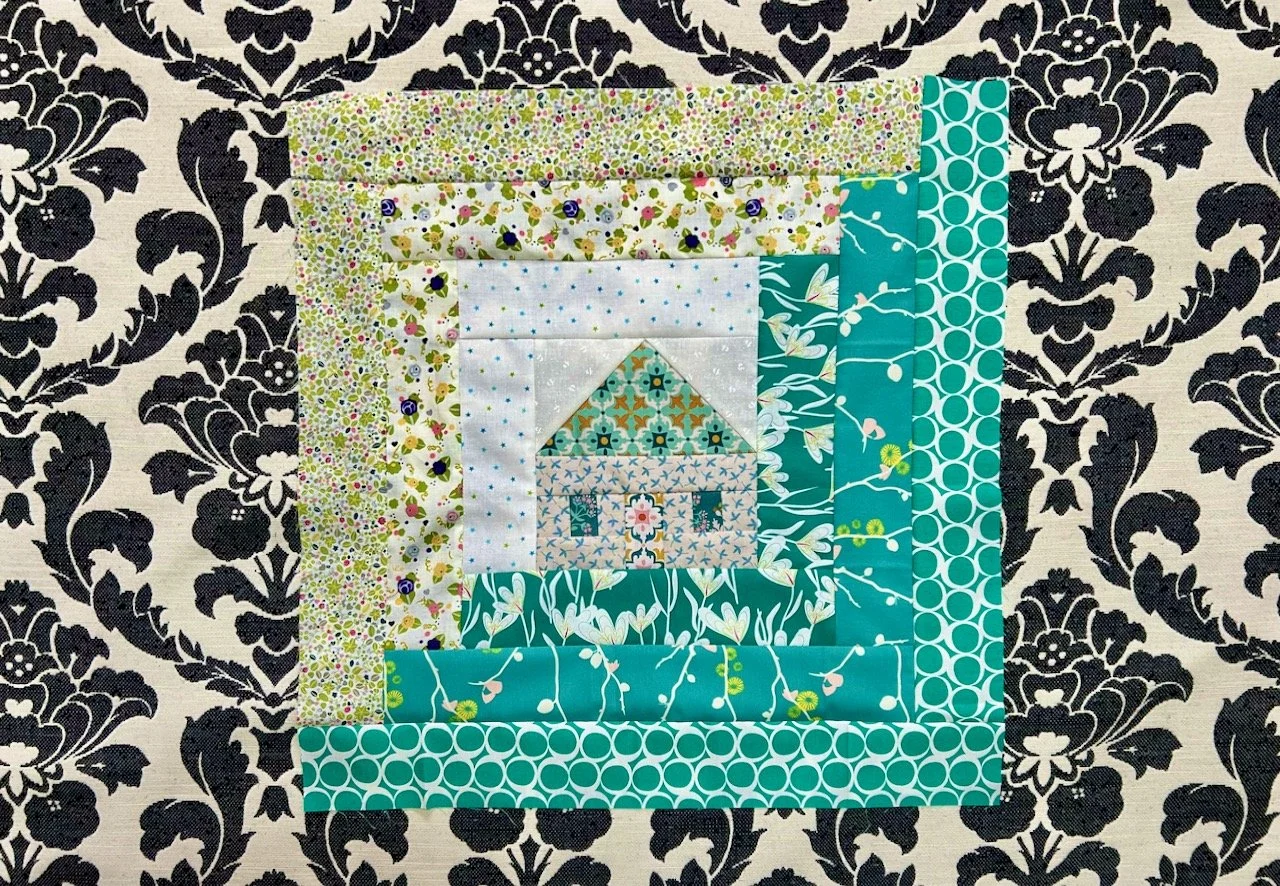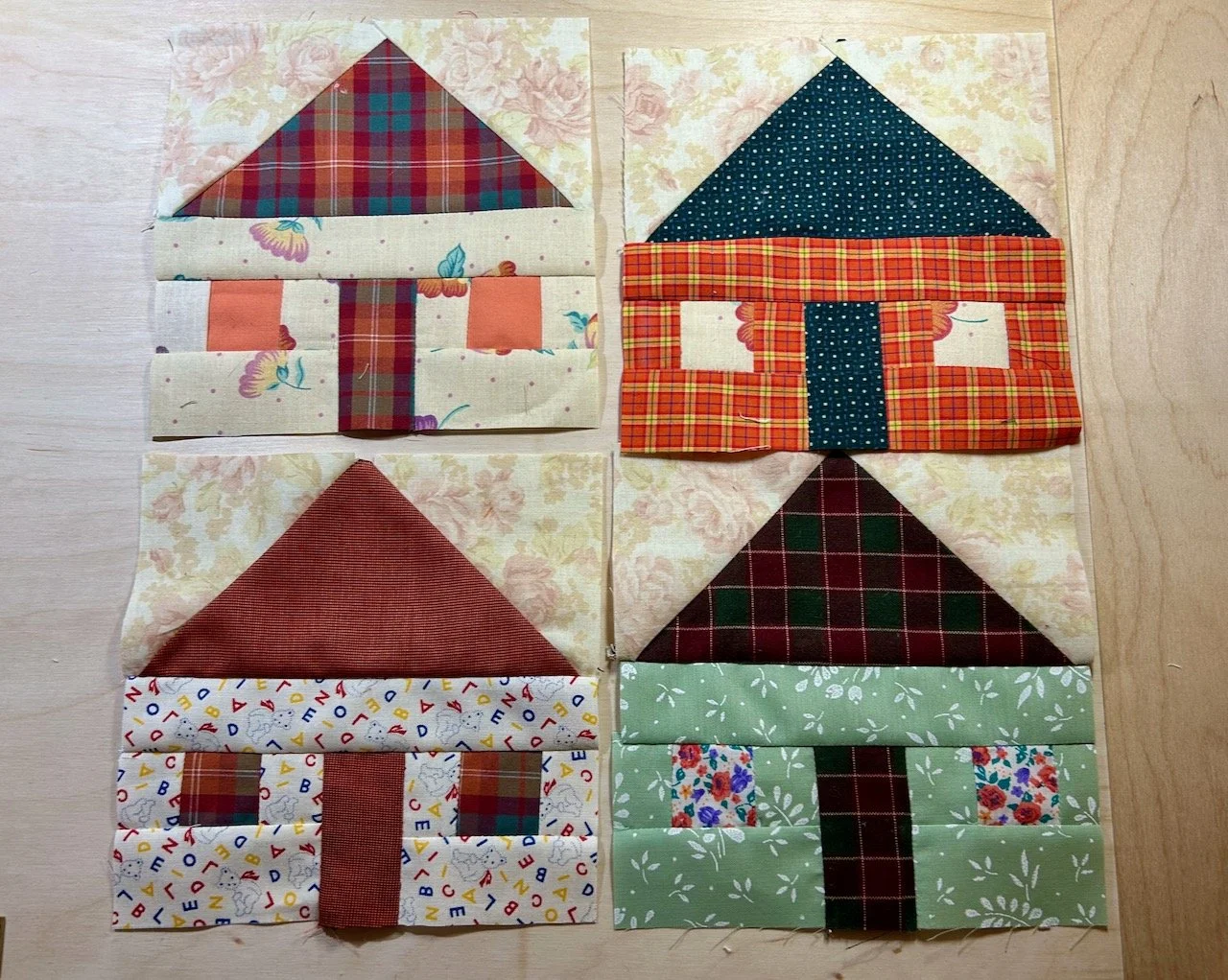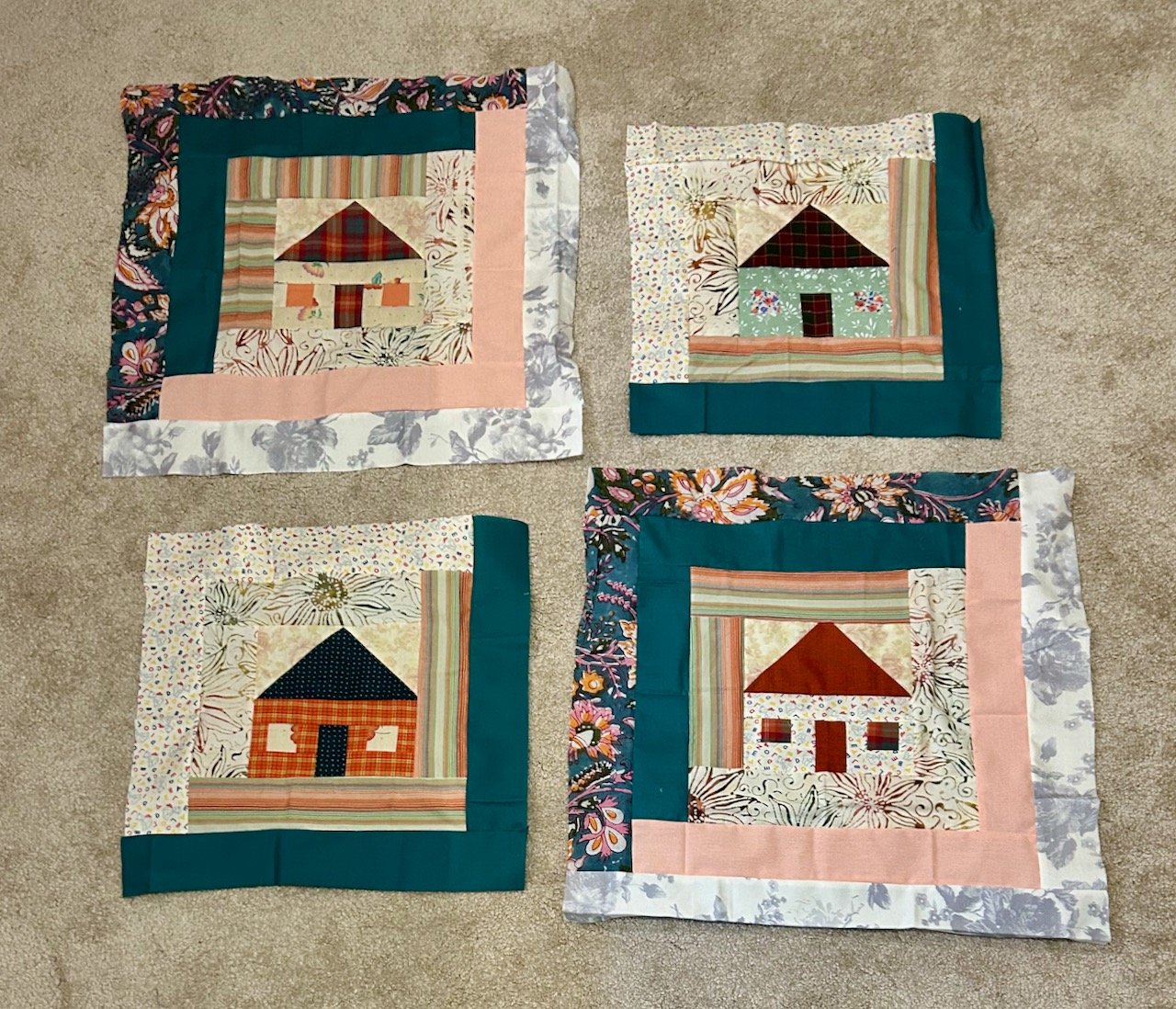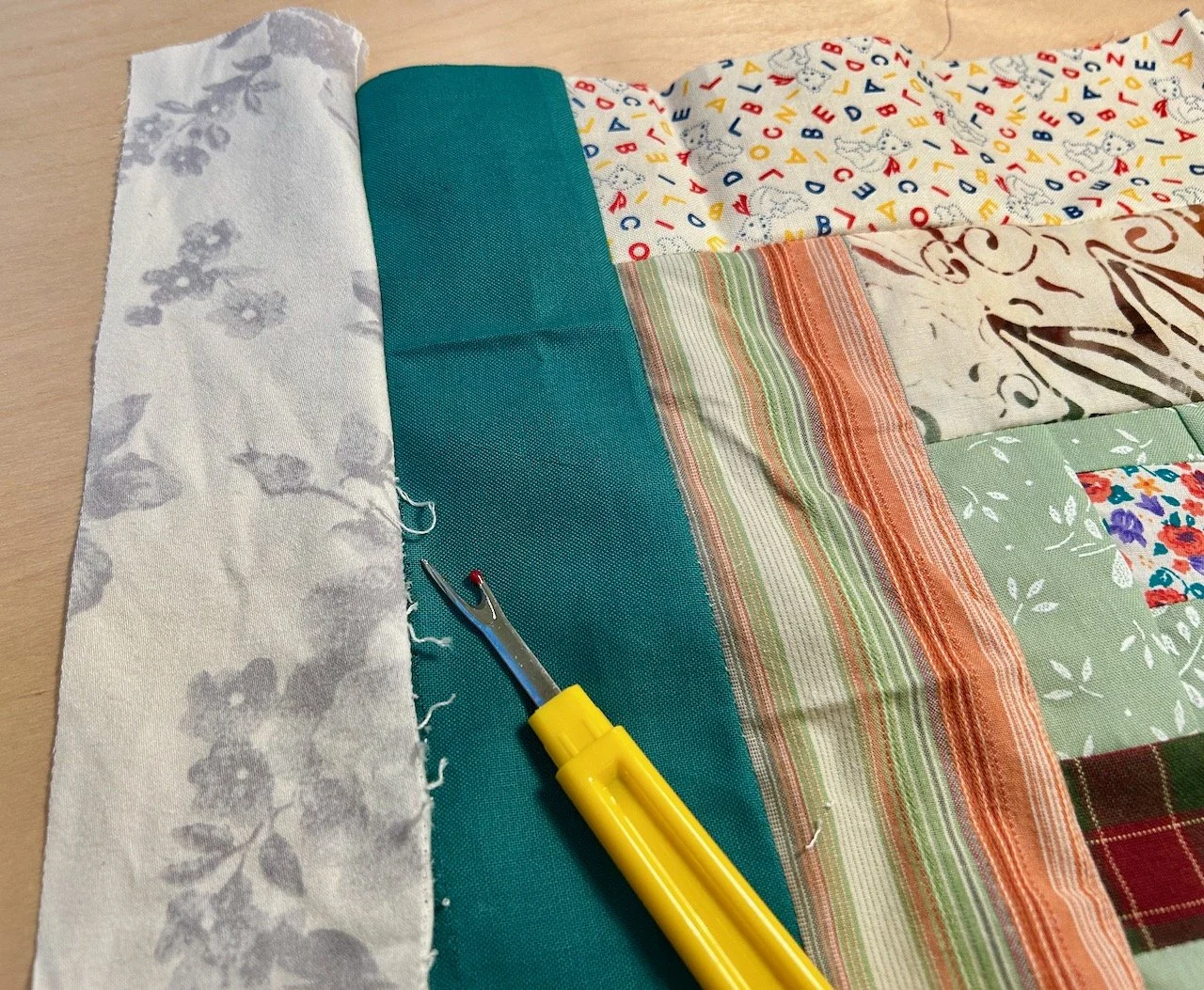* I was invited to the press preview of Gardeners’ World Live and provided with a pair of tickets to visit the show, therefore all my posts will be marked as 'Ad’ though as usual my views and opinions are very much my own.
This is absolutely my kind of garden, and I’ve realised while writing this post that it brought about the same excitement as when we visited Hunte’s Garden in Barbados - which is an odd comparison I know, but bear with me. This garden is full of herbs, flowers and vegetables rather than the tropical plants in Barbados, but it is jam packed full of them just the same. The dense planting really appeals to me, as does growing herbs, veggies and flowers together - though I guess that’s really not that new an idea, but Adam Frost’s garden does it particularly well.
Adam’s Show Garden is overflowing with edibles growing in a naturalised setting, and provides plenty of ideas for how you can integrate edibles into your own garden. The outdoor cooking-dining area is rustic, perhaps a bit too rustic for my tastes, but I’m pretty sure that I’ll be using this garden as inspiration for my own in the years to come.
The kitchen was put to good use at the show though as Adam welcomed chefs such as James Martin, Michel Roux, Glynn Purnell and Si King into the garden and kitchen at various times over the course of the show. We didn’t catch any of these - James Martin was up on the day we were at the show, but I did have quite a random encounter with Adam himself.
The press invitation is to view the gardens before they open to the public, and takes place the afternoon beforehand and ends with the presentation of the awards - so it’s a fab thing to be invited too. We’d seen a lot of the gardens, and I’d even managed to photograph many of them and so we made our way into the marquee having a look around that, enjoying the peace and quiet which is completely different to show days, when moving around the marquee can be more of a shuffle.
Adam walked past us, still very much in garden prep mode - I’m sure there’s much more than you think to making a show garden look this good, and so not wanting to be an annoying member of the public, as we crossed I just said hello. Being the type of guy he is - very down to earth - he stopped said hello and how are you doing. Fine thanks, and we were past each other, nothing more required. Though, well I’d quite like him to come and design my garden at some point!
He is I’ve decided, from this encounter and from his TV appearances and the chat he did at the awards presentation, a very nice man indeed. I almost said a very nice guy (and he is) but stopped myself as that sounds very Trumpian, and that’s the last thing I want to be, or to ordain someone with!
The show garden had a welcoming rustic feel at its entrance, but as you moved through the garden there was also an orchard and the illusion of water - which I think from a hazy memory is the cream path intersecting the beds in the photo above. I’ll admit that water, or even the illusion of water in a garden isn’t something I’m fussed with in a garden - I know it’d be relaxing, that is until whatever the water feature was needed cleaning, so it’s a no from me.
What was unusual - and gives food for thought in my own garden is the changing paths - there’s the gravel edged with bricks and a wooden boardwalk, both of which have very different textures and textures are so important aren’t they?
I also liked the small groups of pots at points in the path - and I’m sure these pots of succulents influenced me to buy my own succulents the very next day, and which I’ve added to since then too.
The combination of rosemary, geranium and mints - as well as my favourite astrantia - was a heady mix, though I’m not sure I’d plant mint in a border like this - it spreads and spreads, and turns up everywhere. My mint will be staying firmly in a pot I’m afraid.
I had to include this shot, looking down on the thyme, rosemary and santolini with the sun on them - I can almost smell them from here. These are all plants I will have in my garden, the santolini is currently the only one I’m missing though.
Growing vegetables among other plants and making them look good is a skill, and a skill I want to have. The vegetables here - cavolo nero (above) and yellow chard and kale (below) again have texture and bring a colour to the space too.
I was all for heading back to the picnic dining table to see what was cooking, but alas I wasn’t quite brave enough to sit down - and stage a sit in, plus we had a hotel to get to!
* With thanks to Gardeners’ World for inviting me to Gardeners’ World Live, it was just as good as I expected! I’ll be sharing more from my visit to the show - I hope you enjoy it as much as I do.

